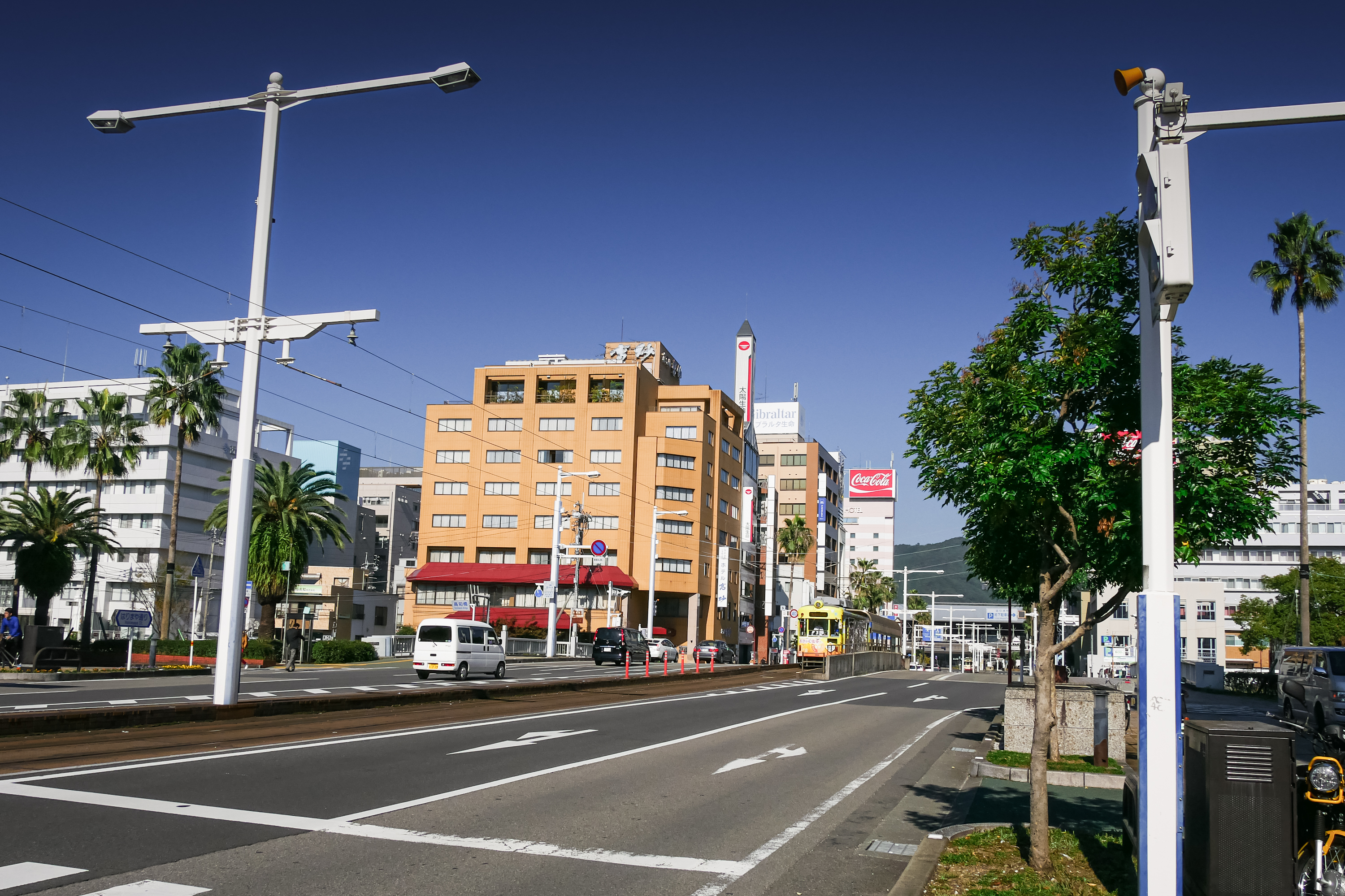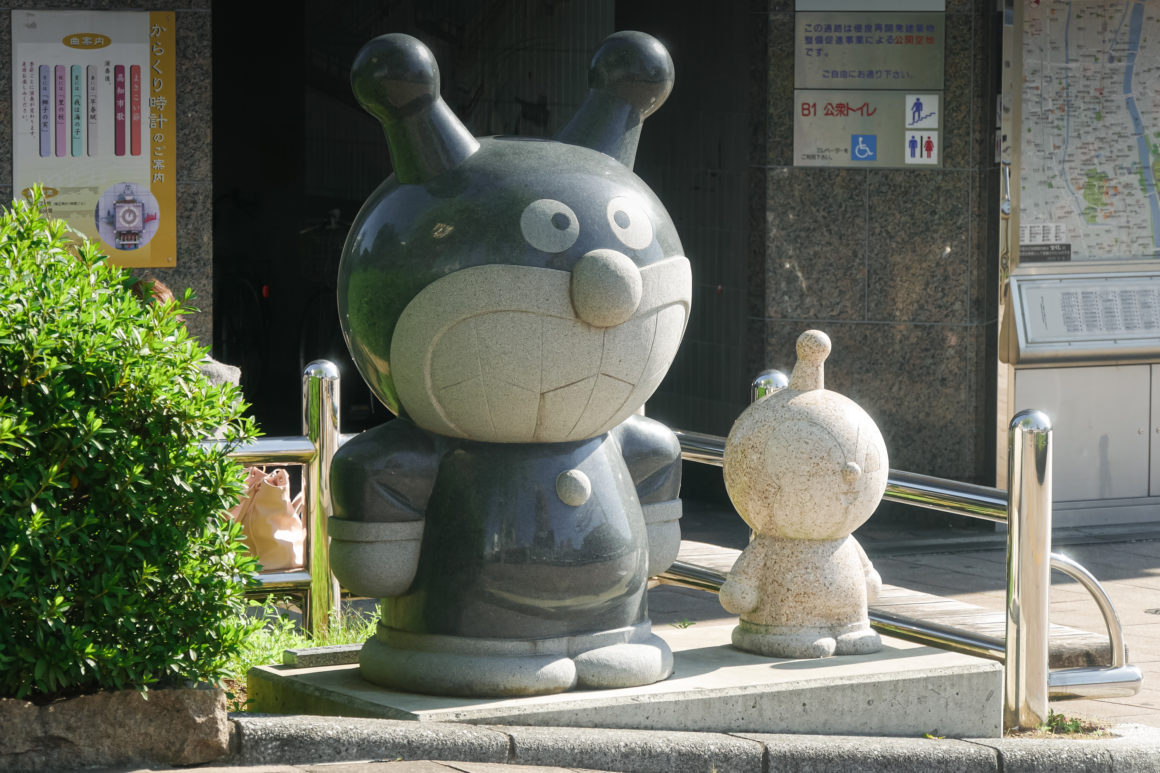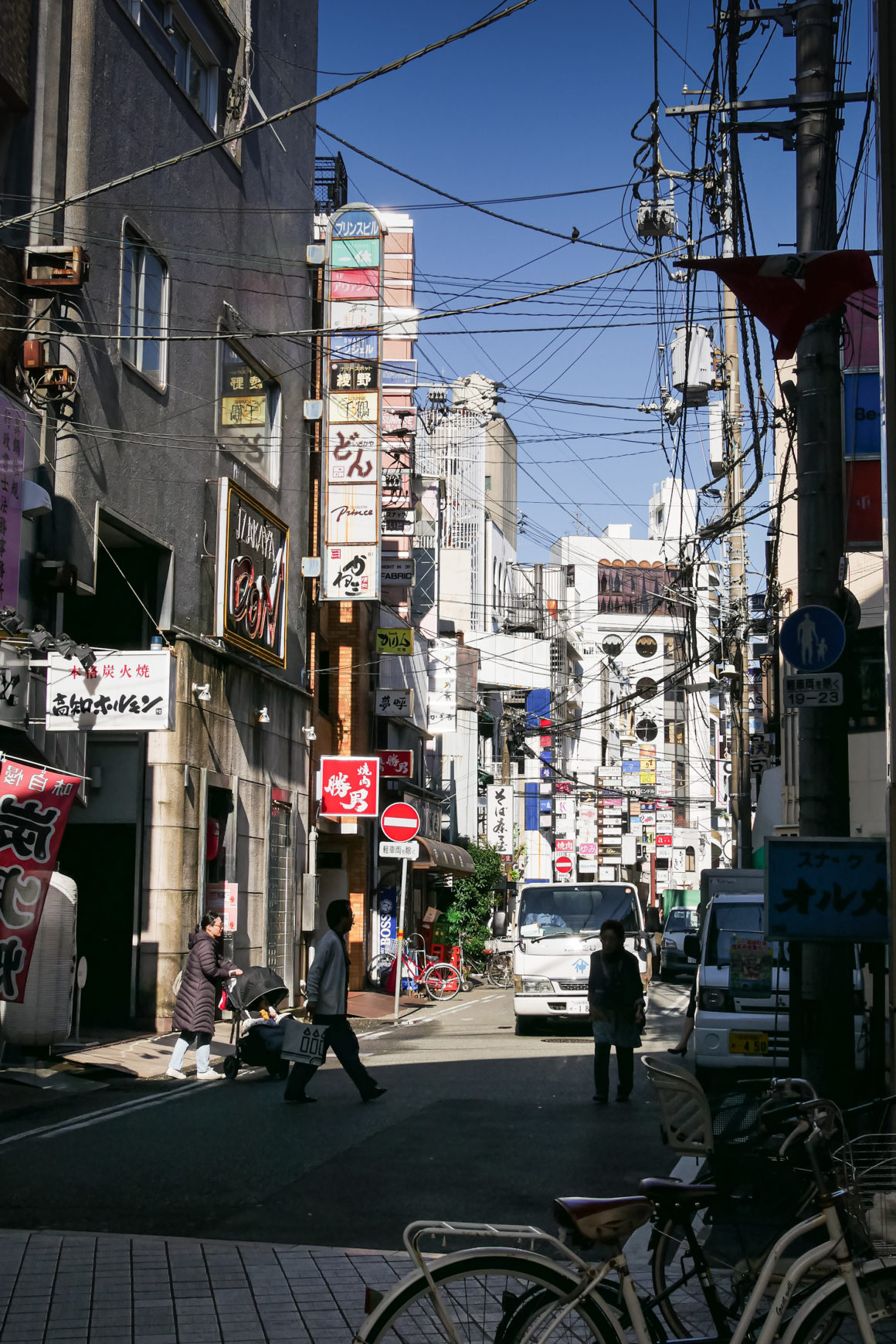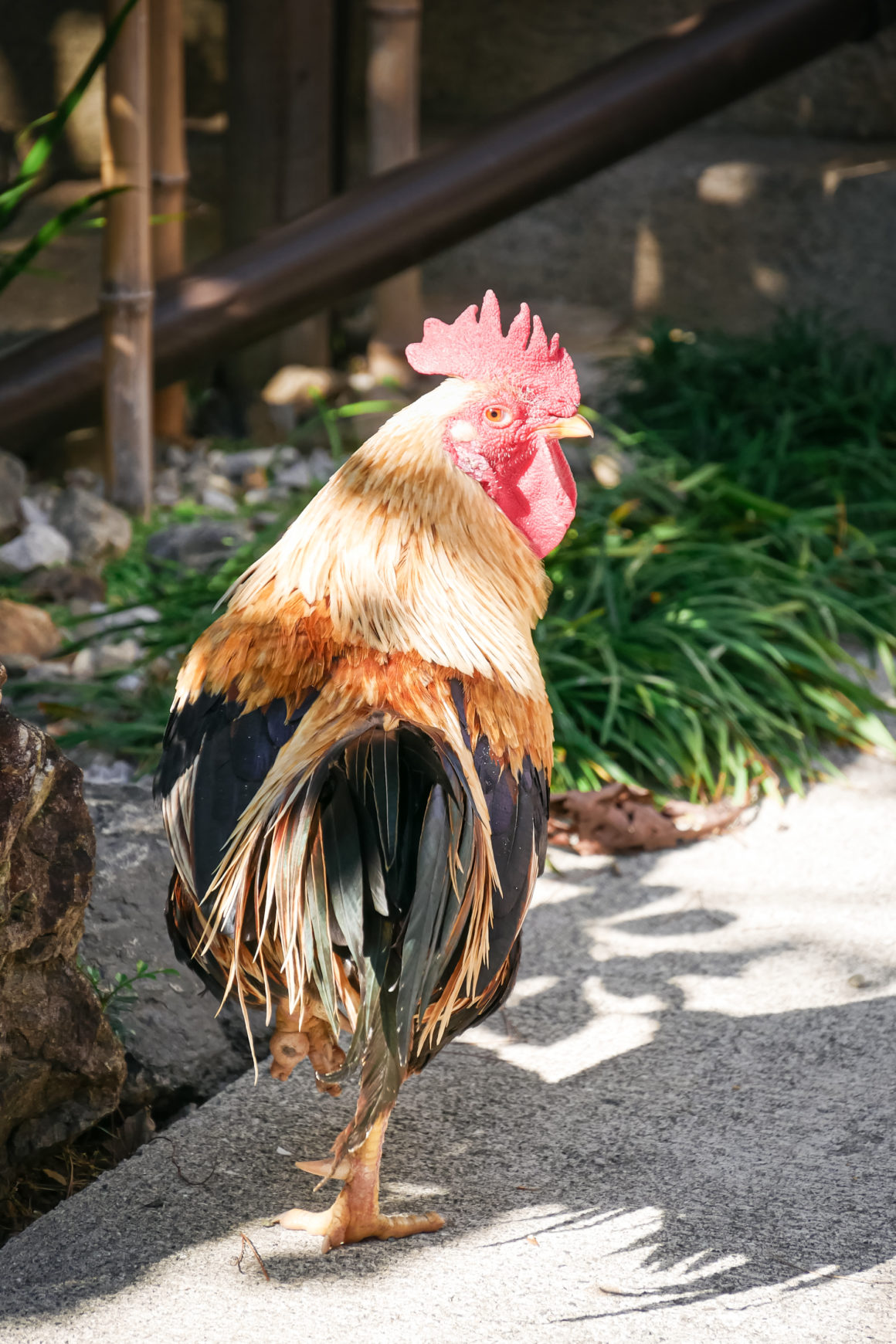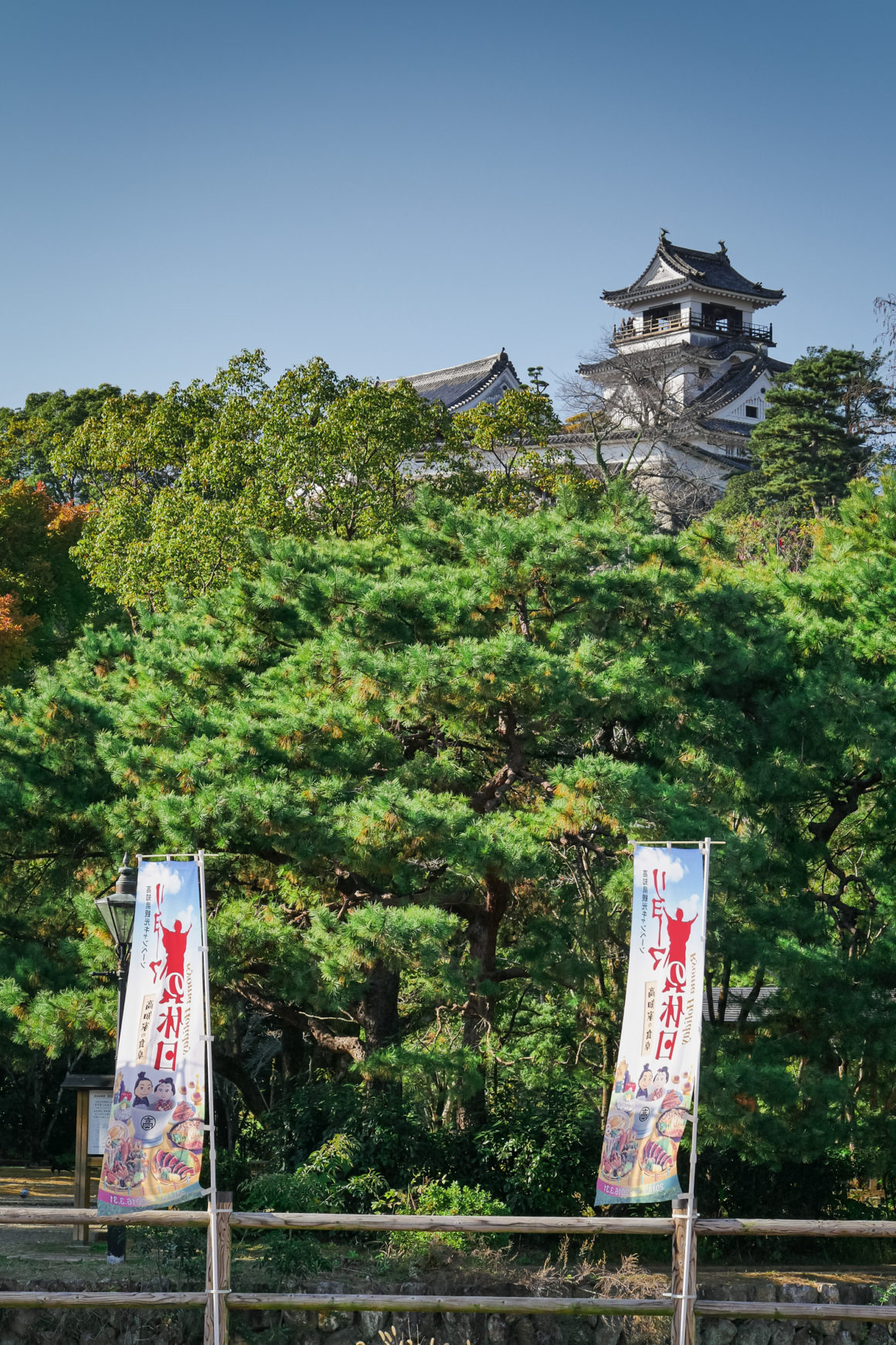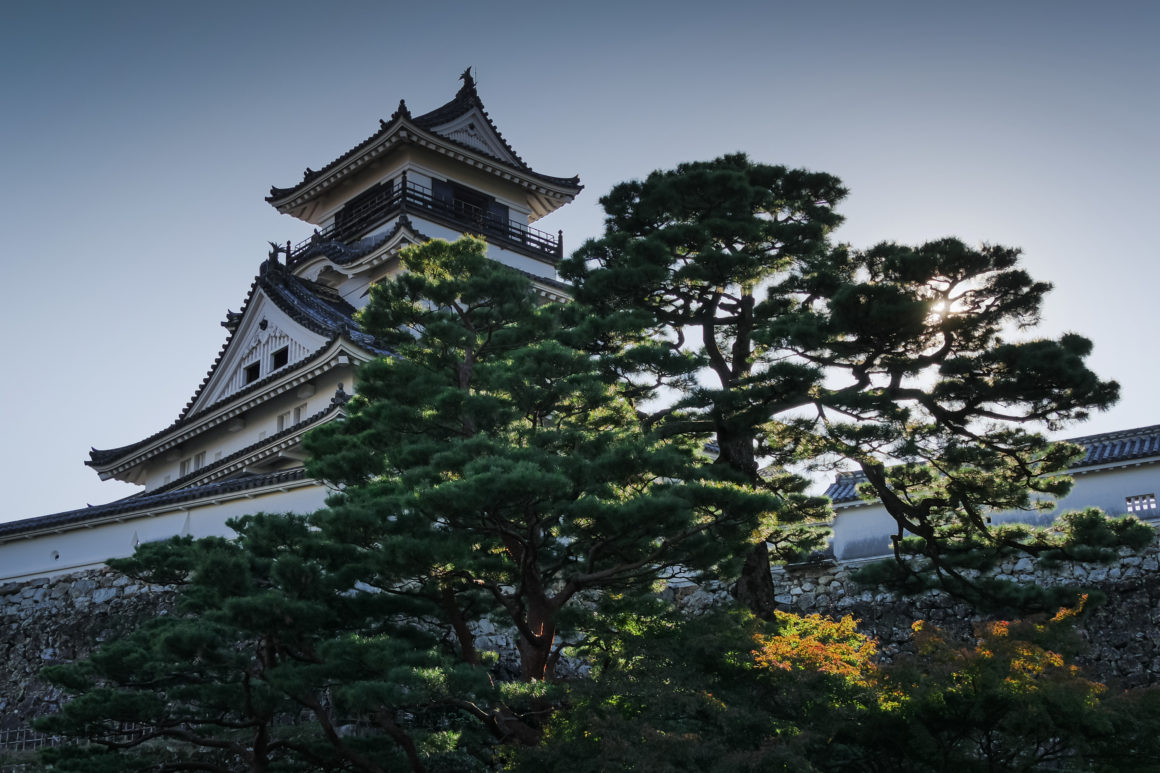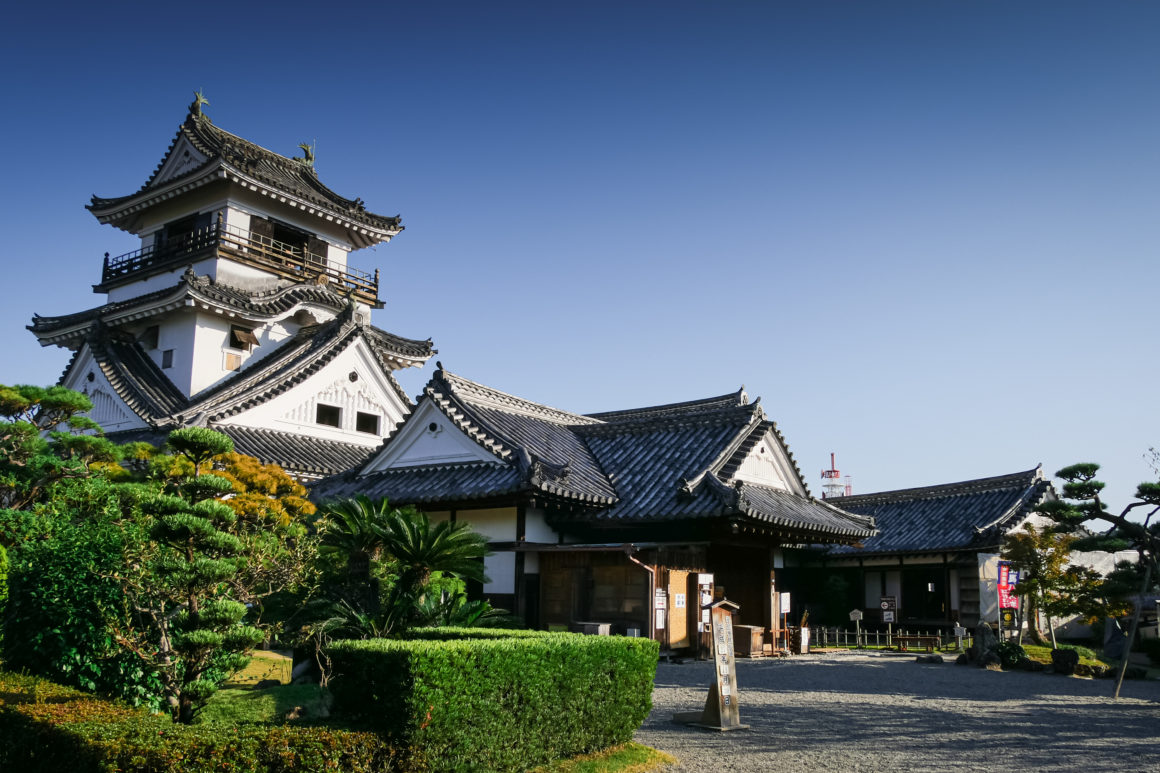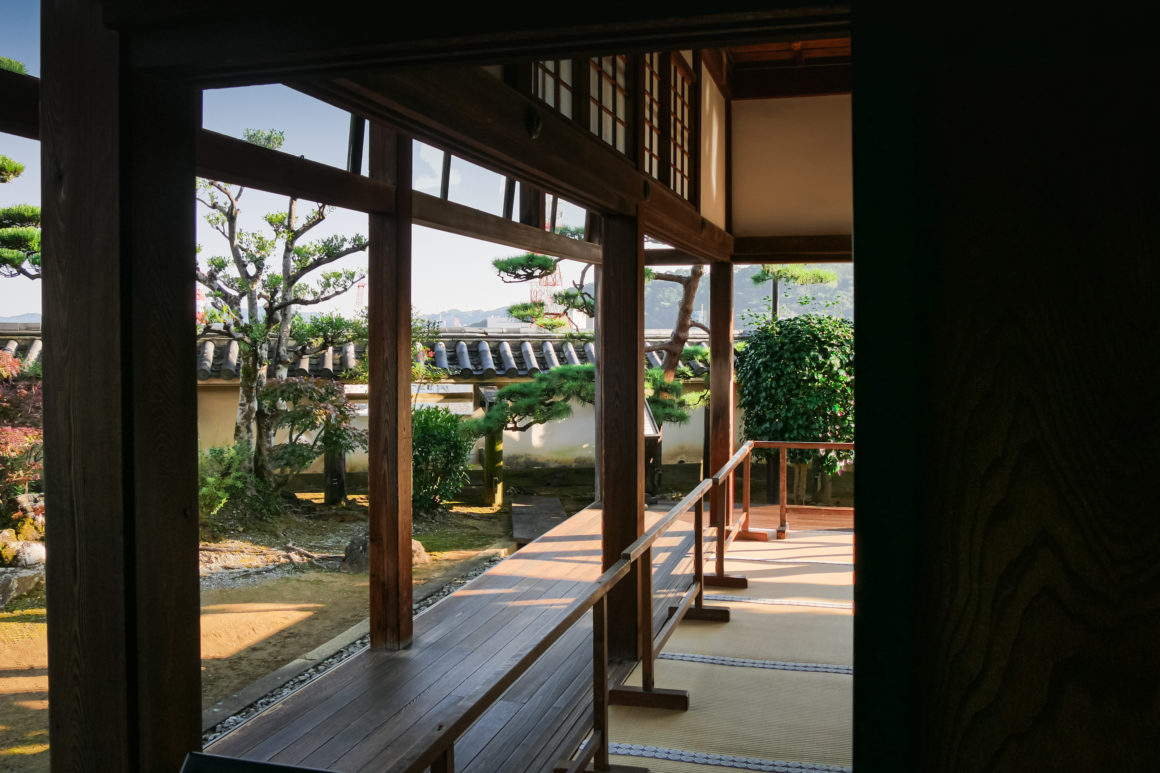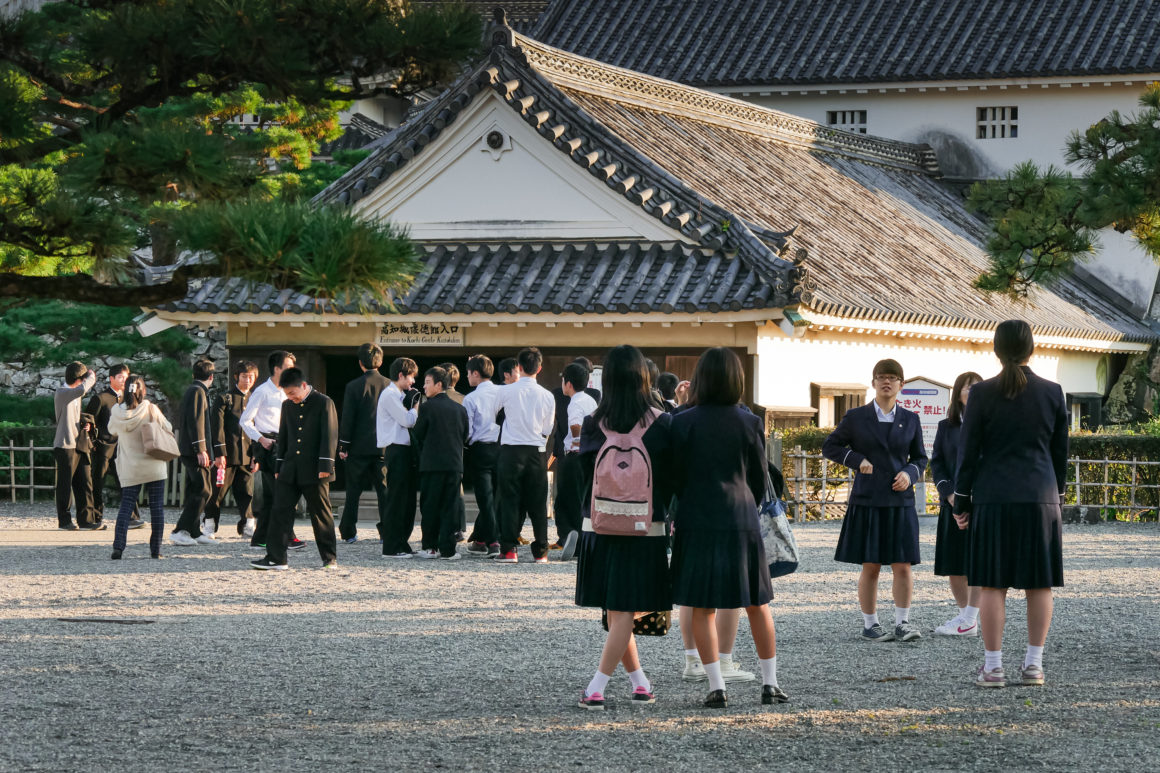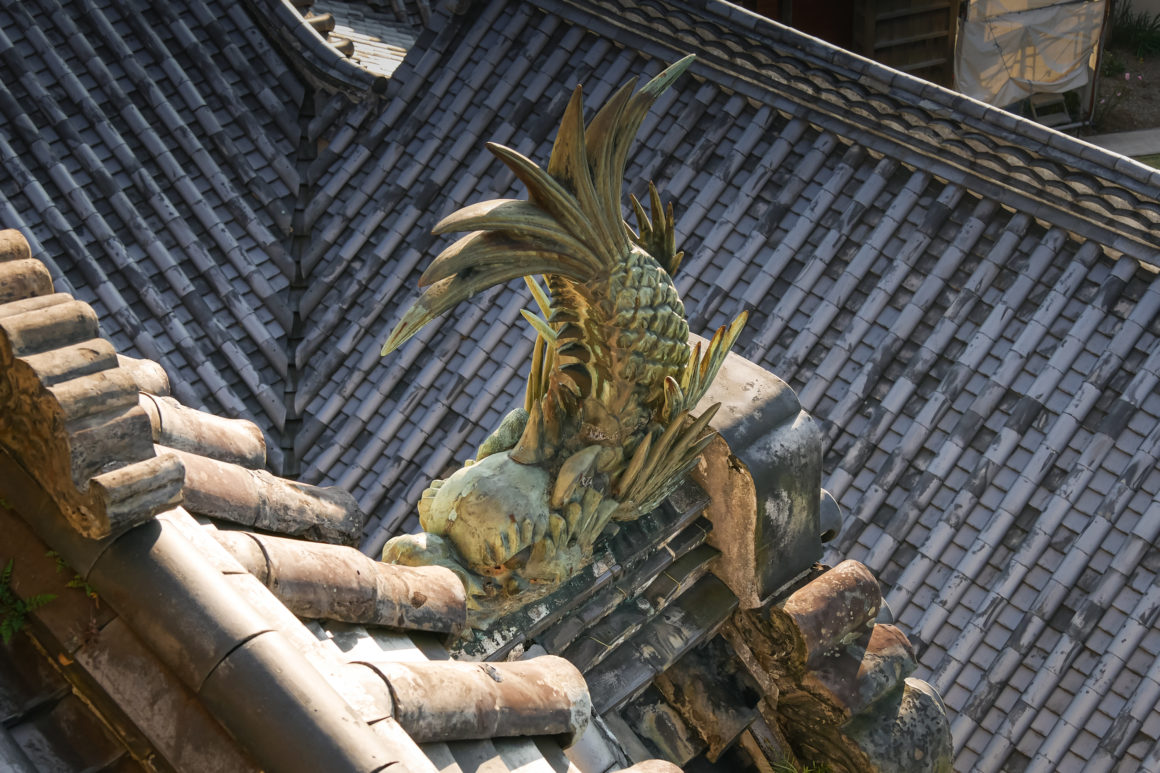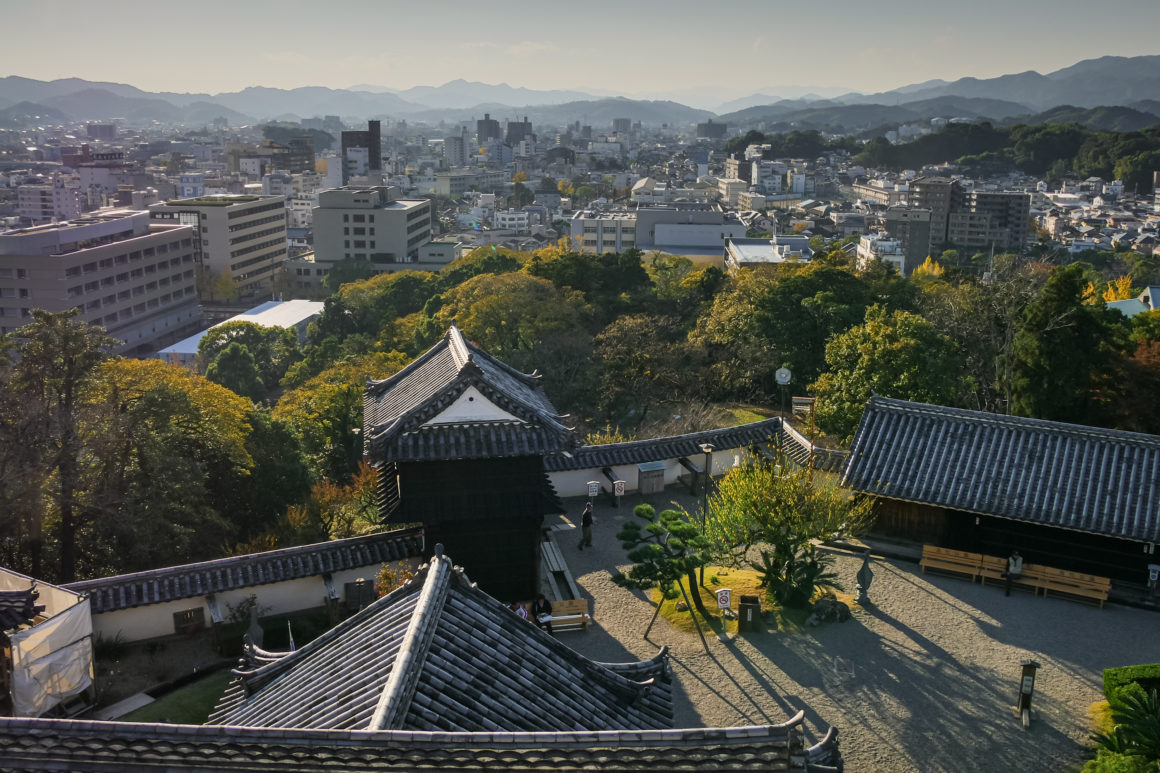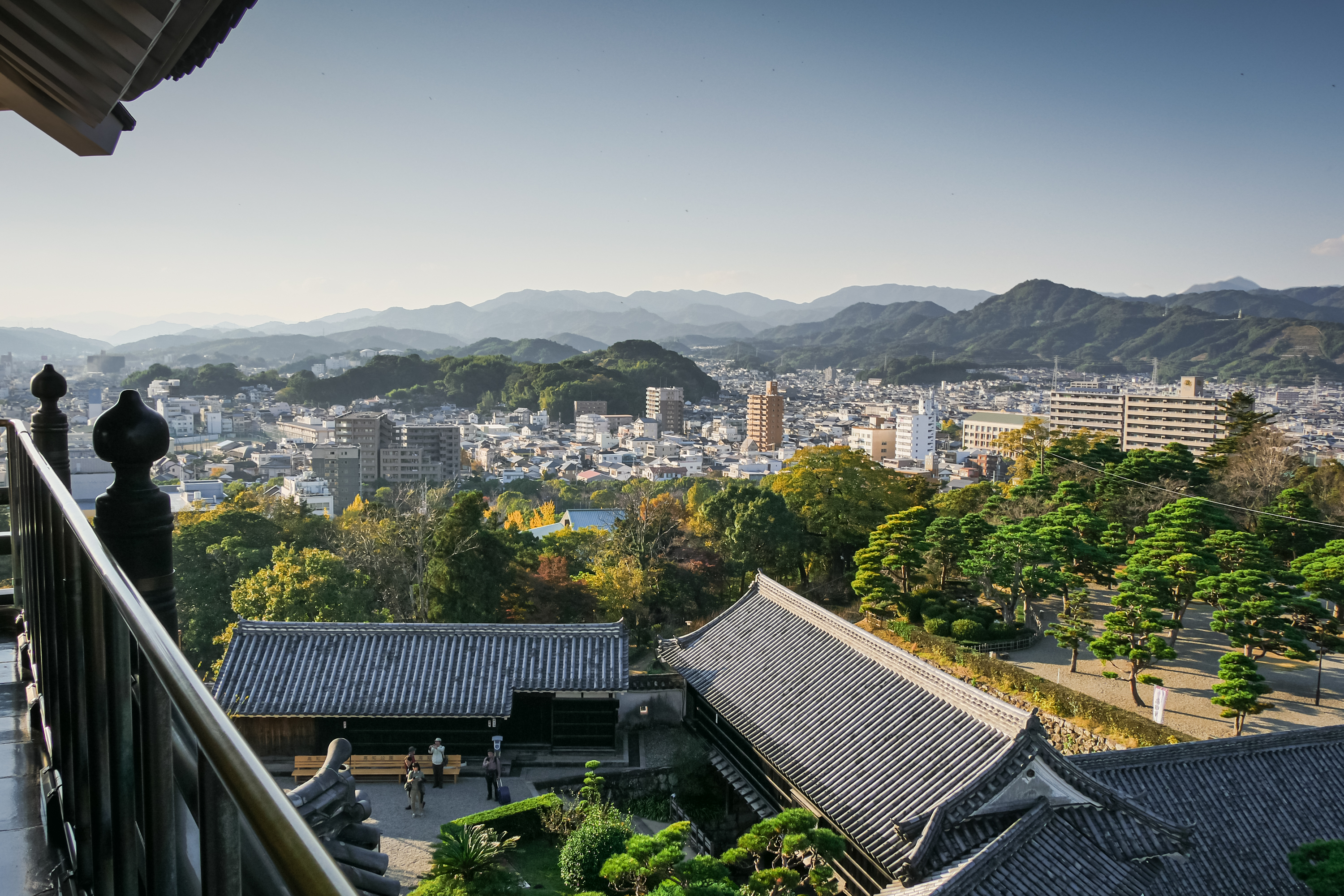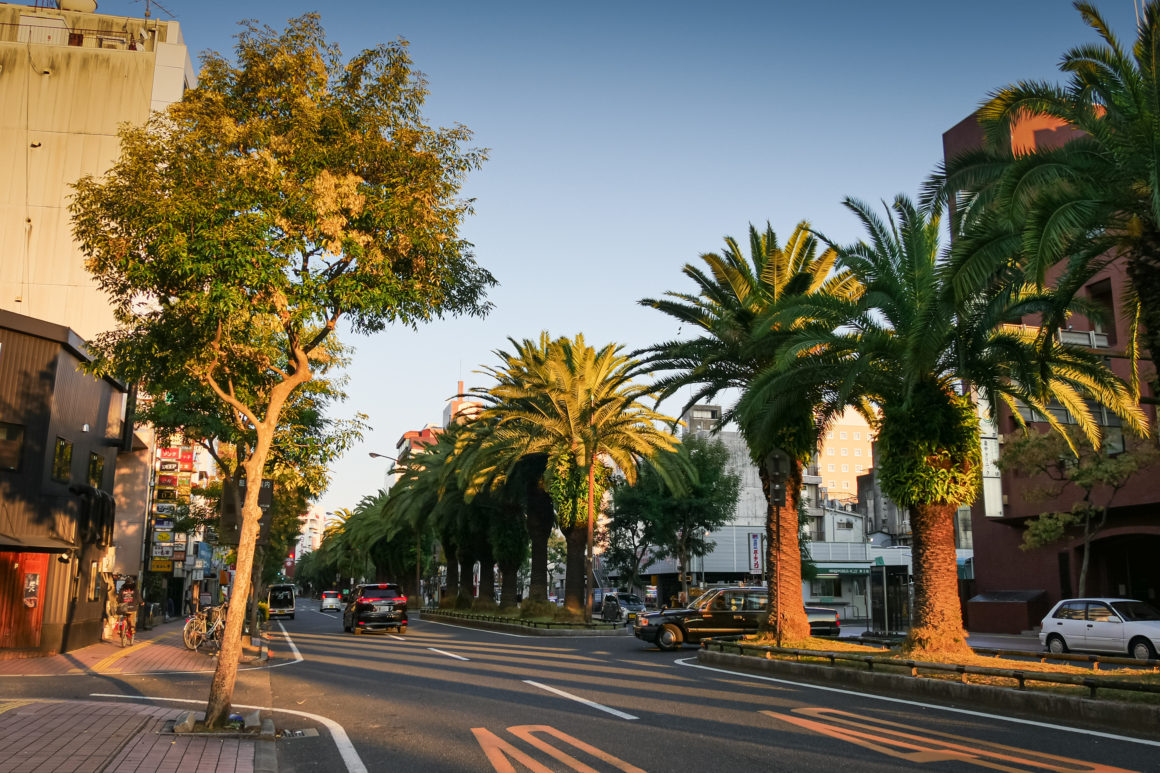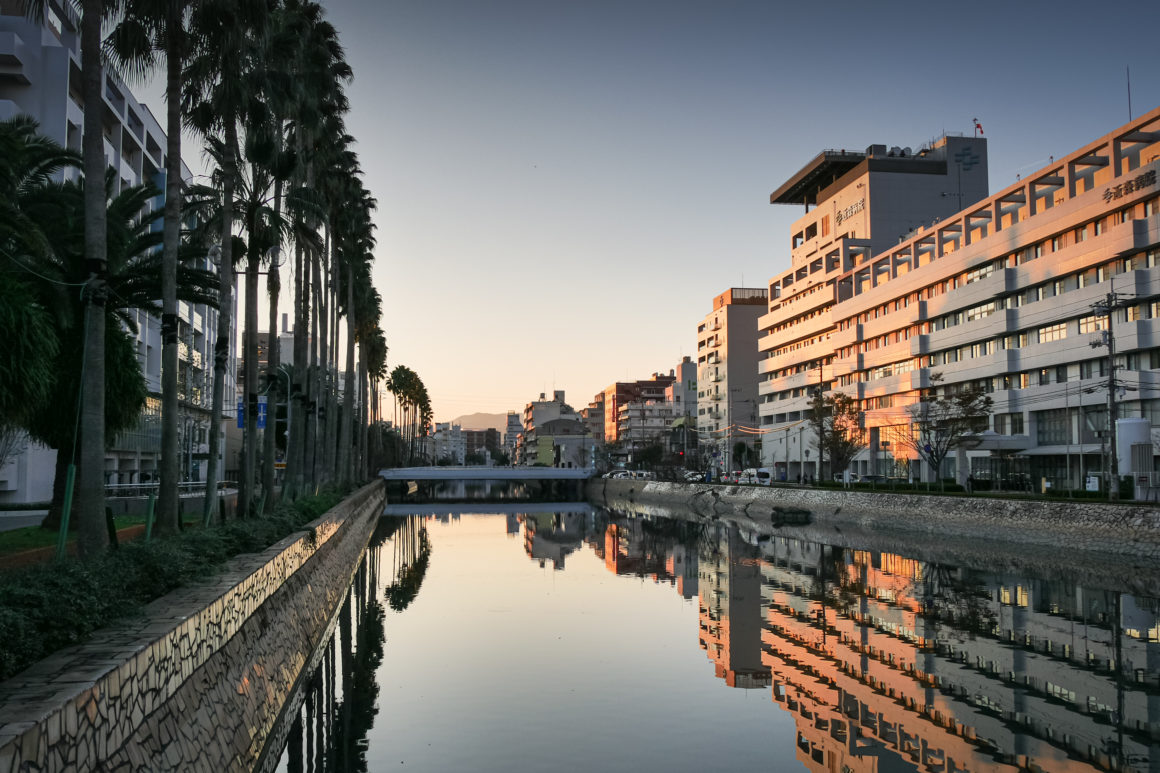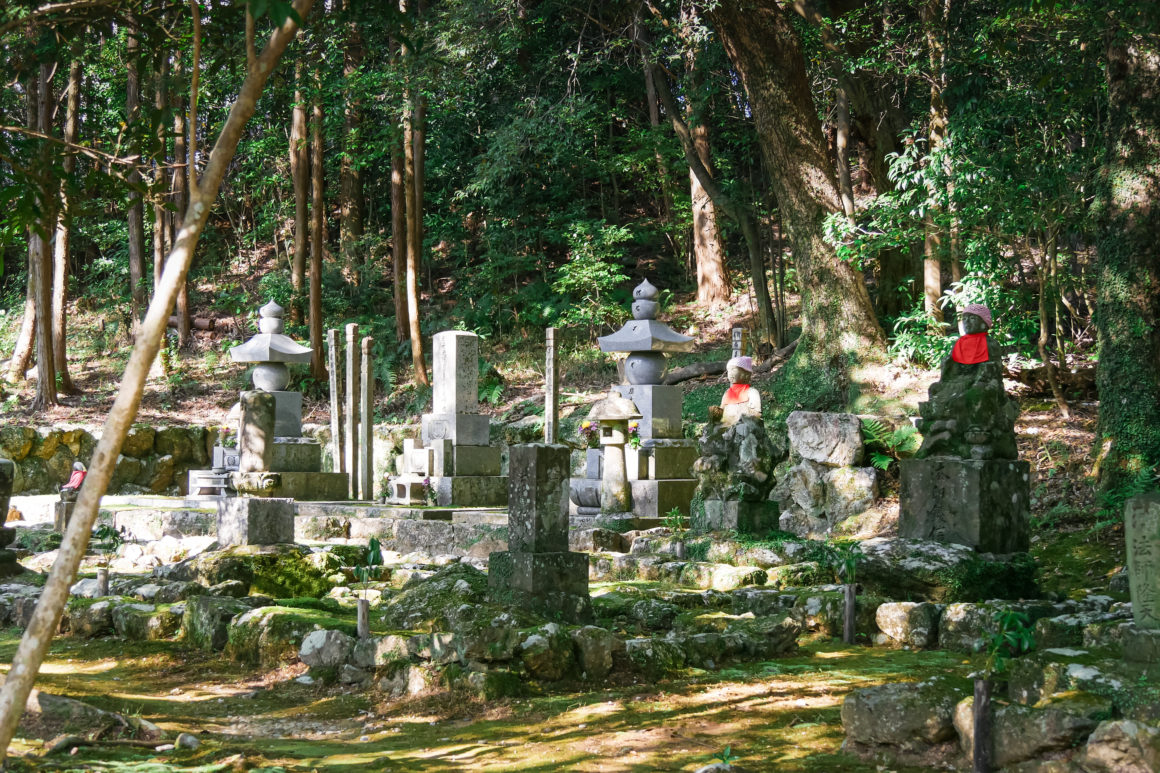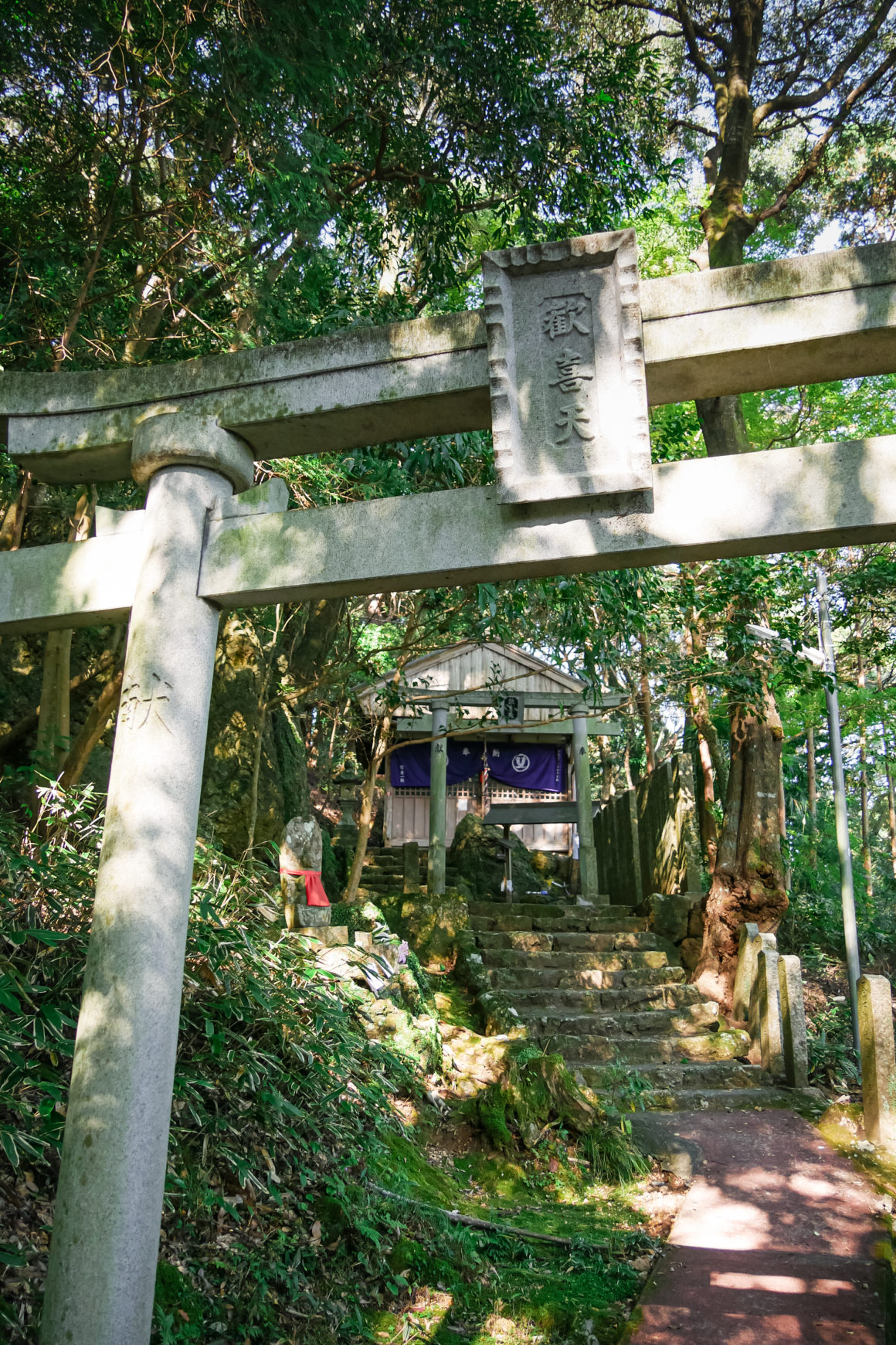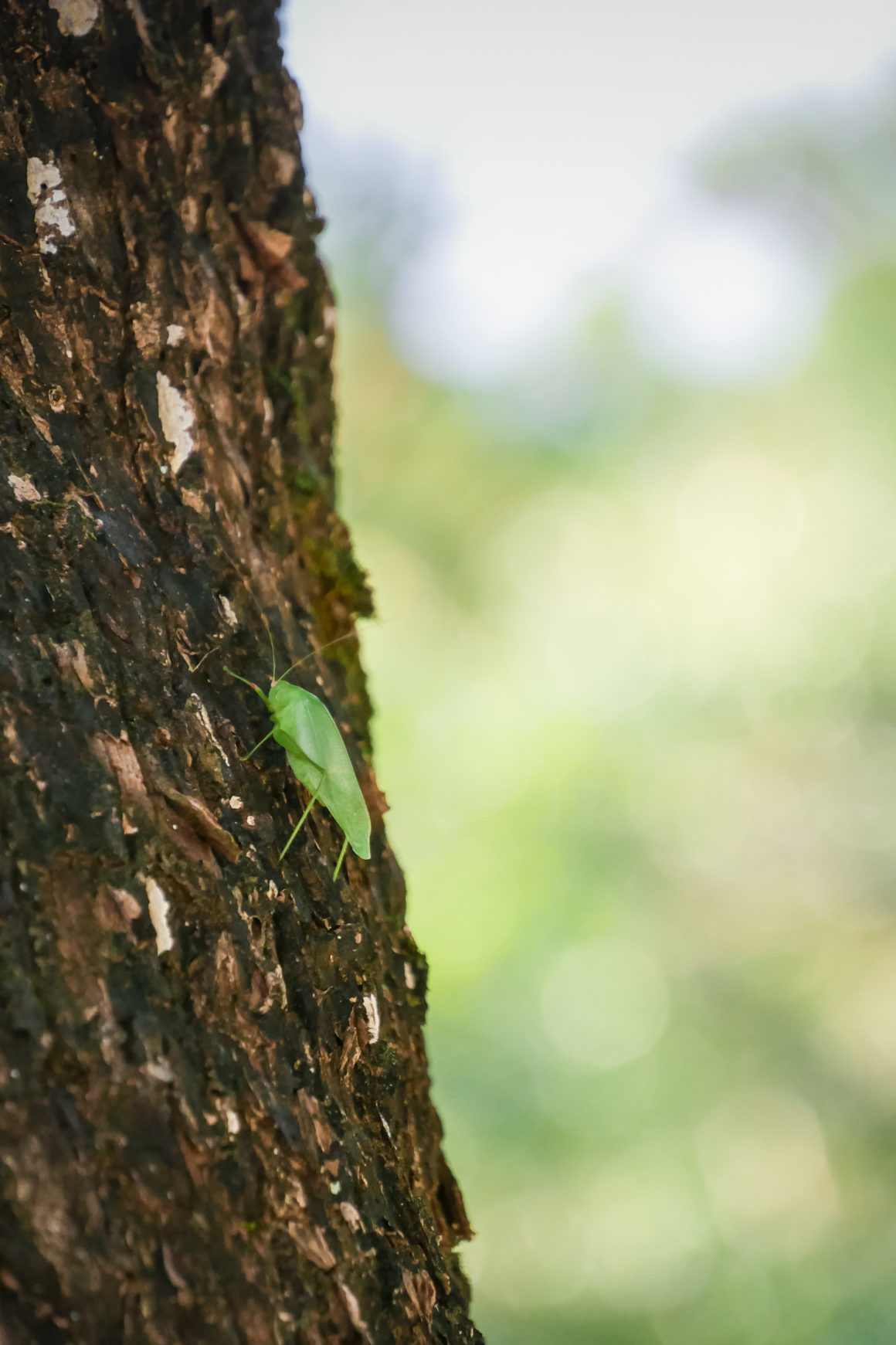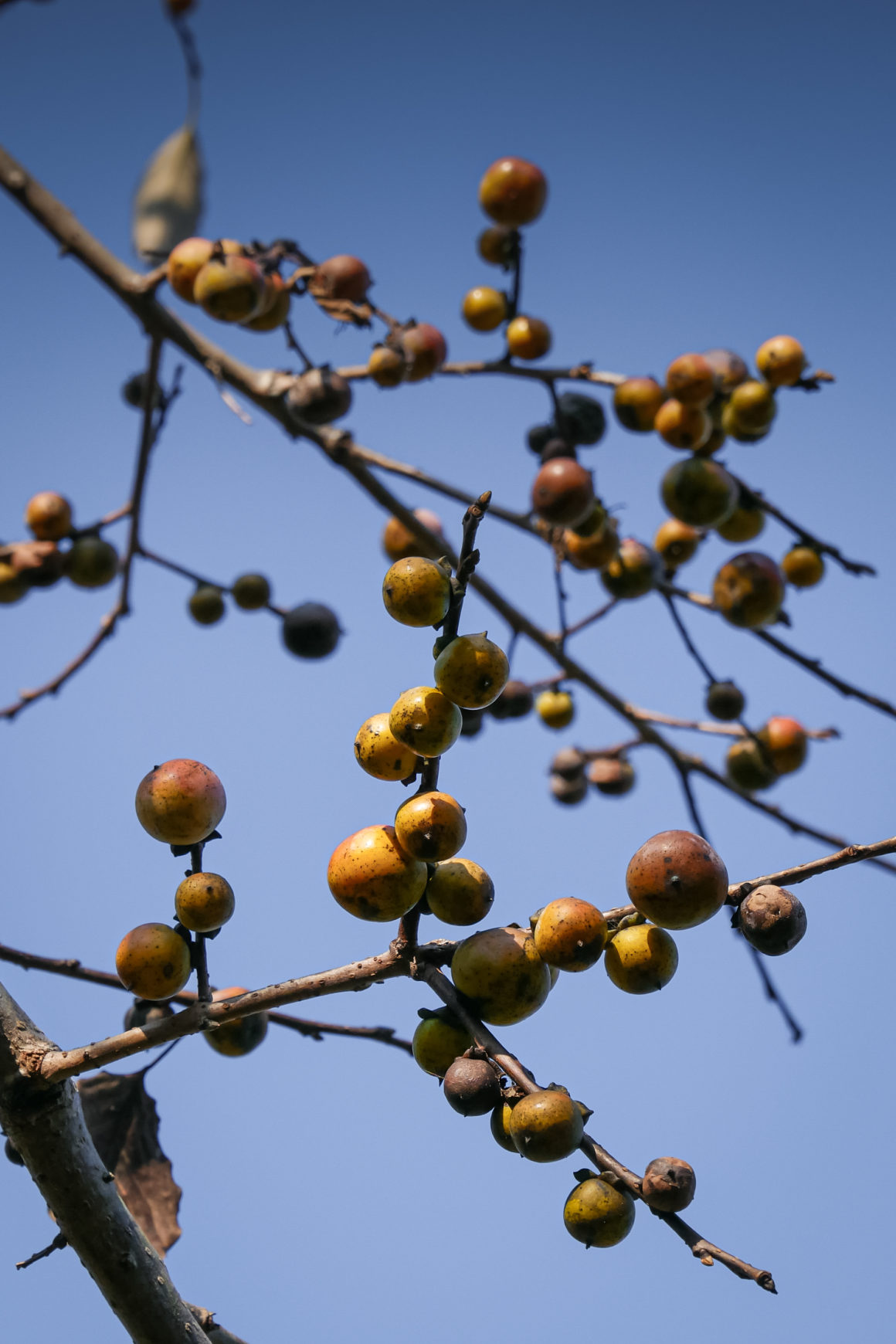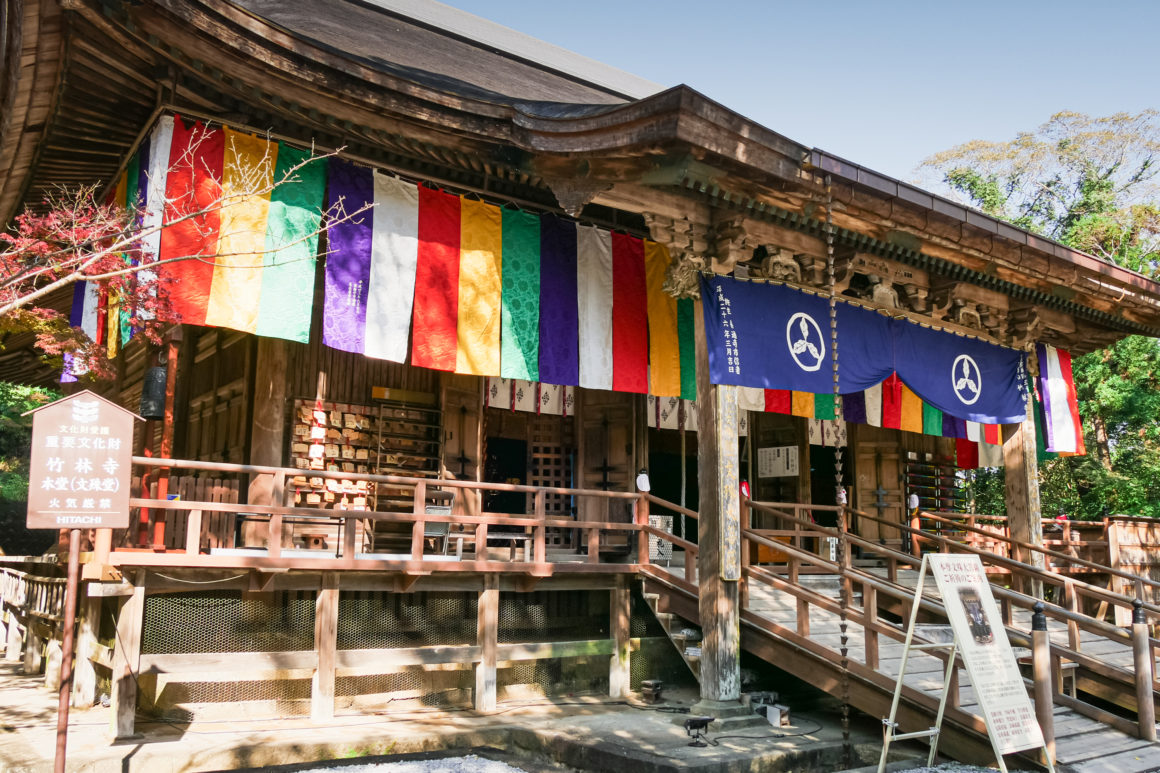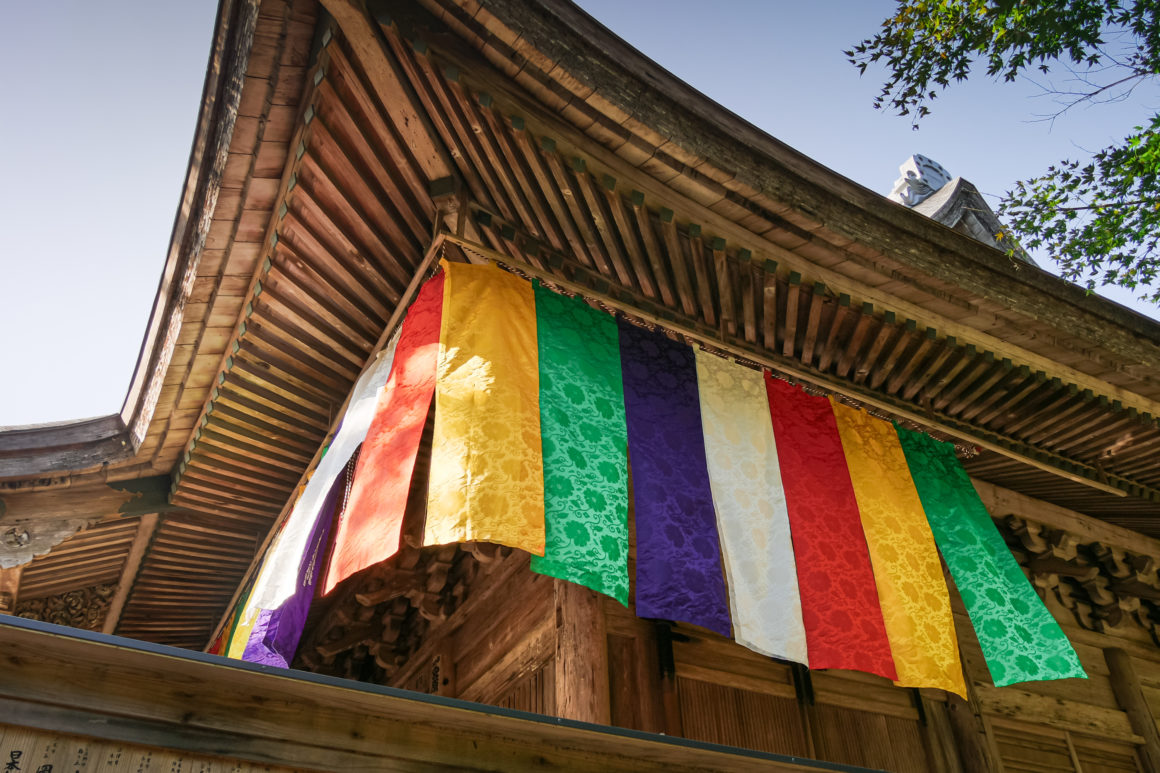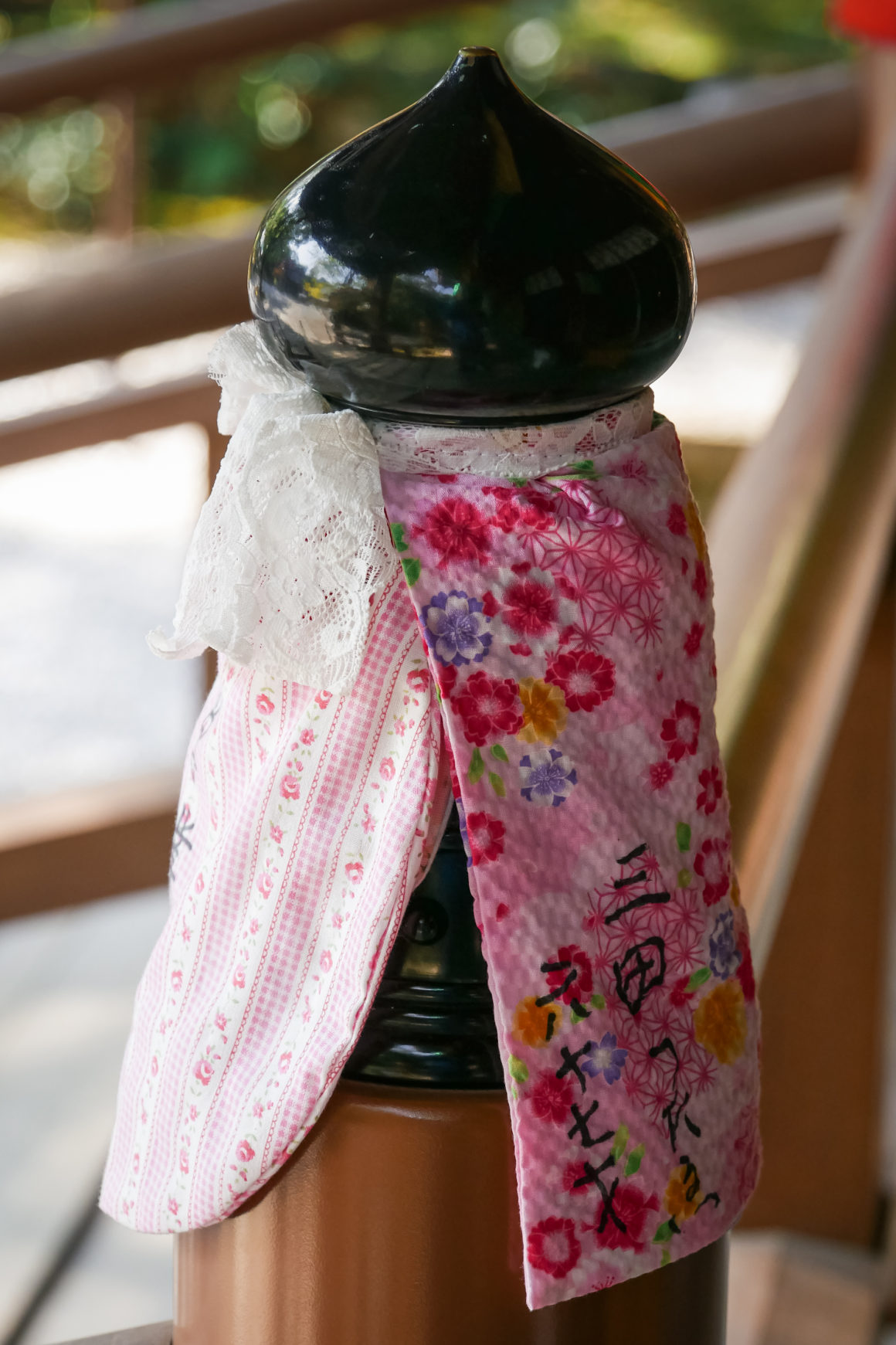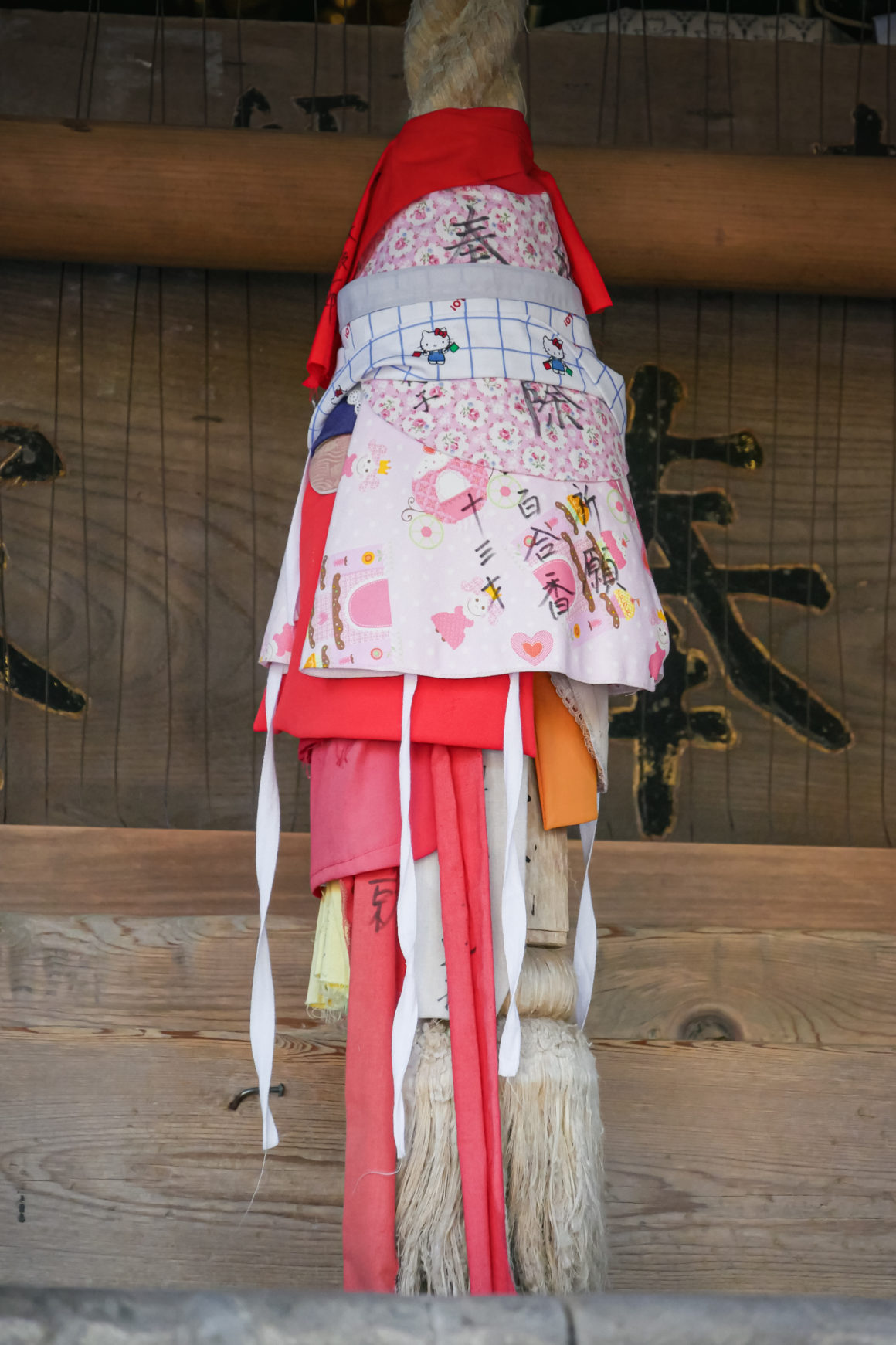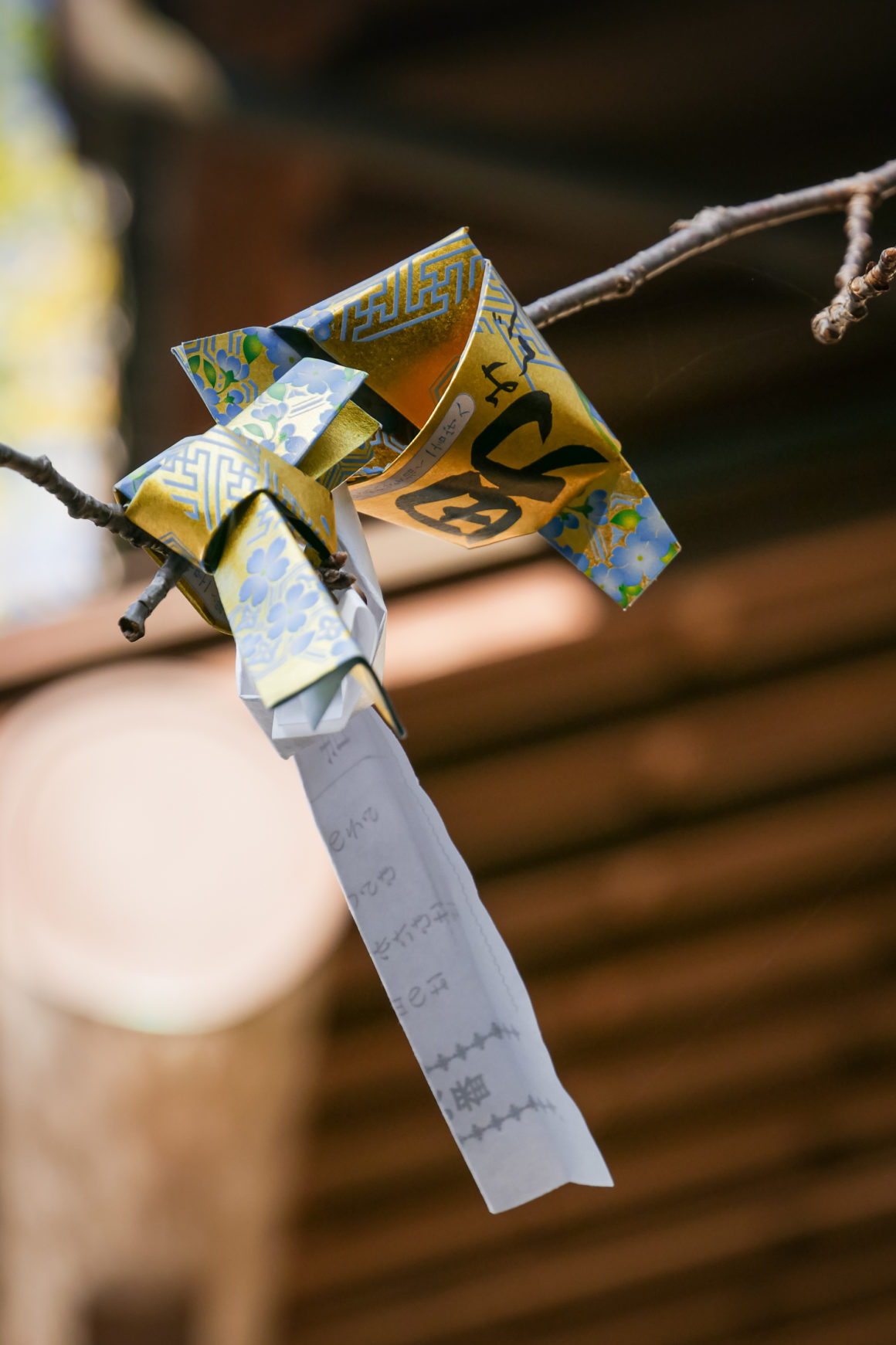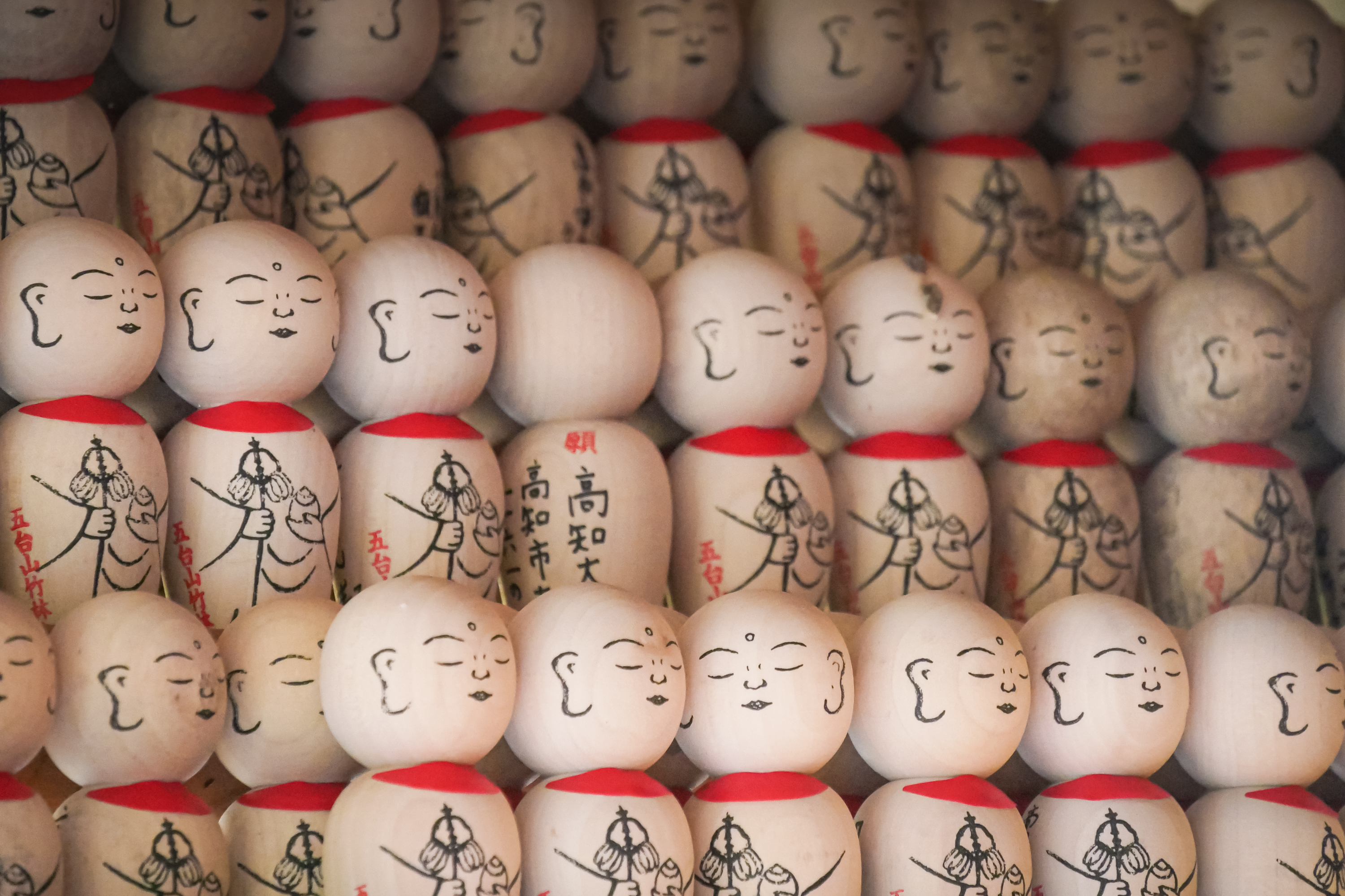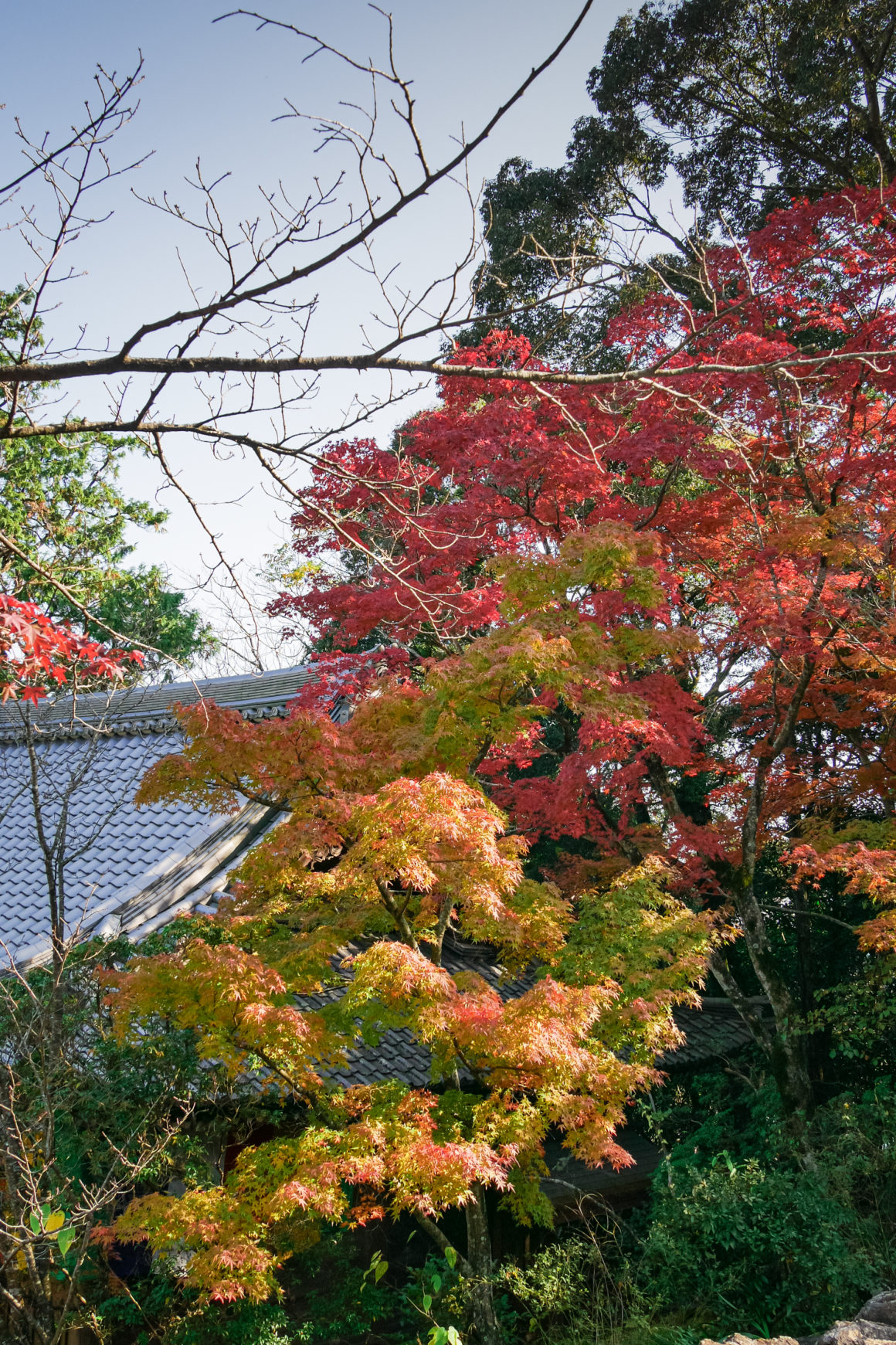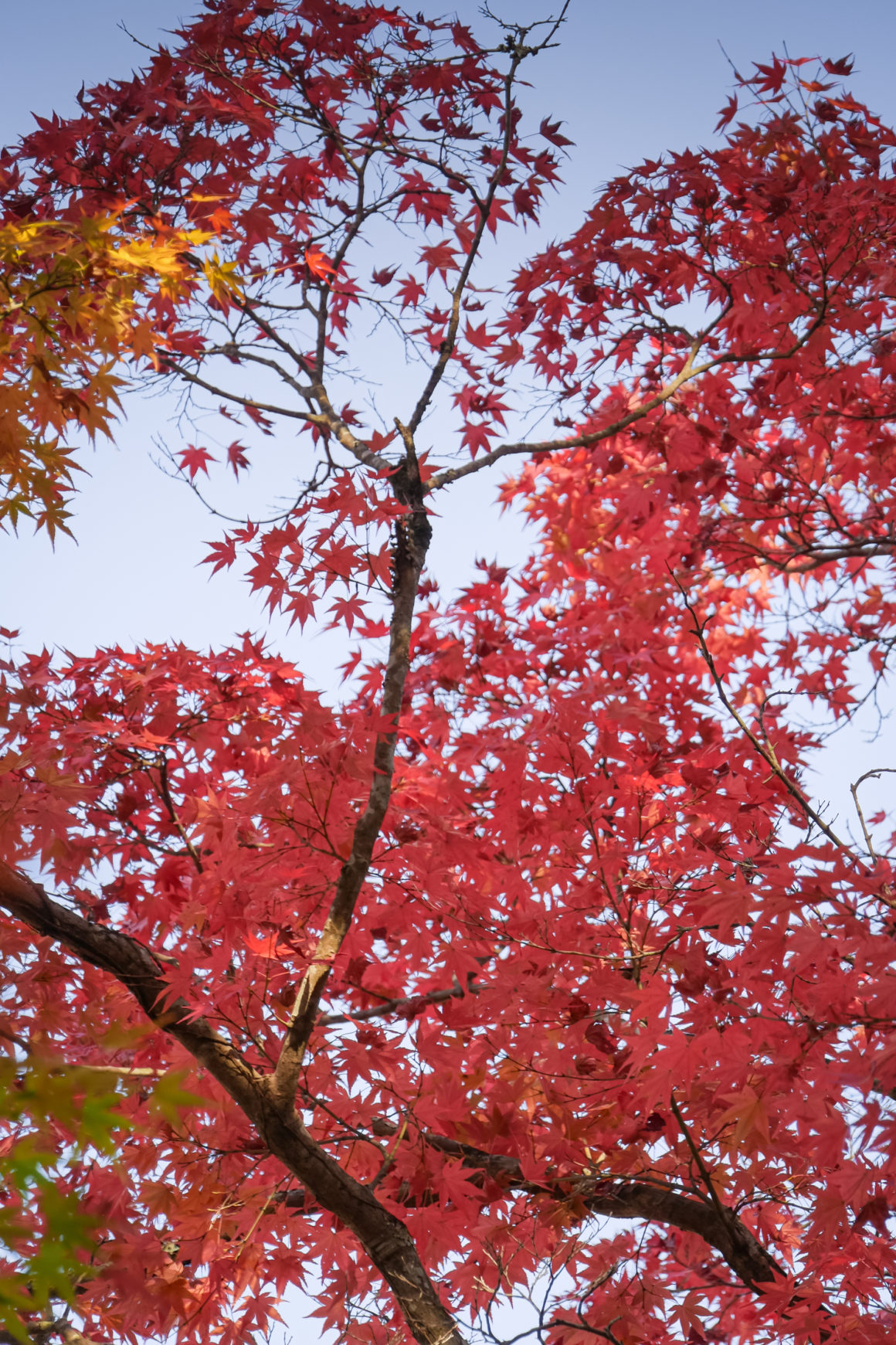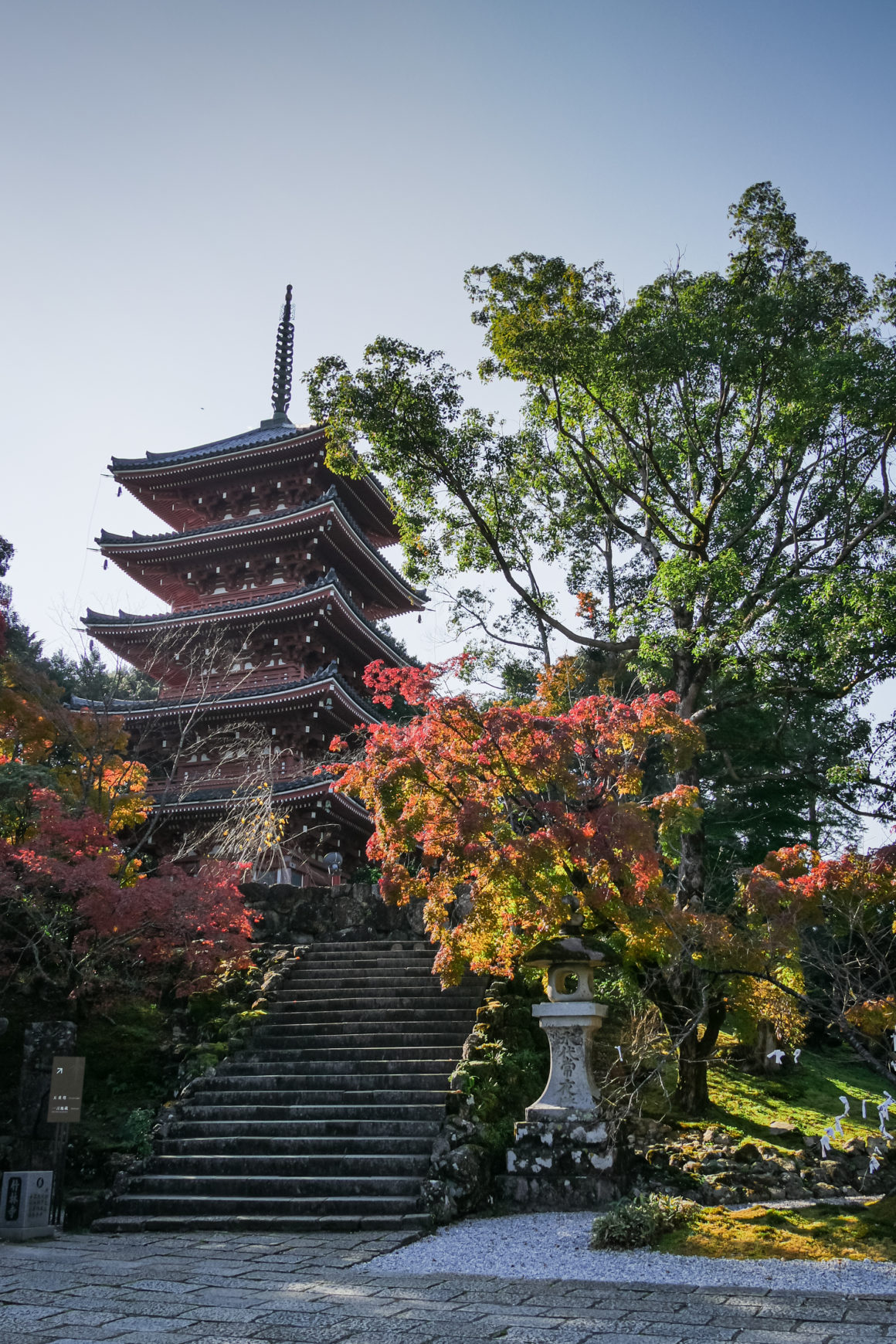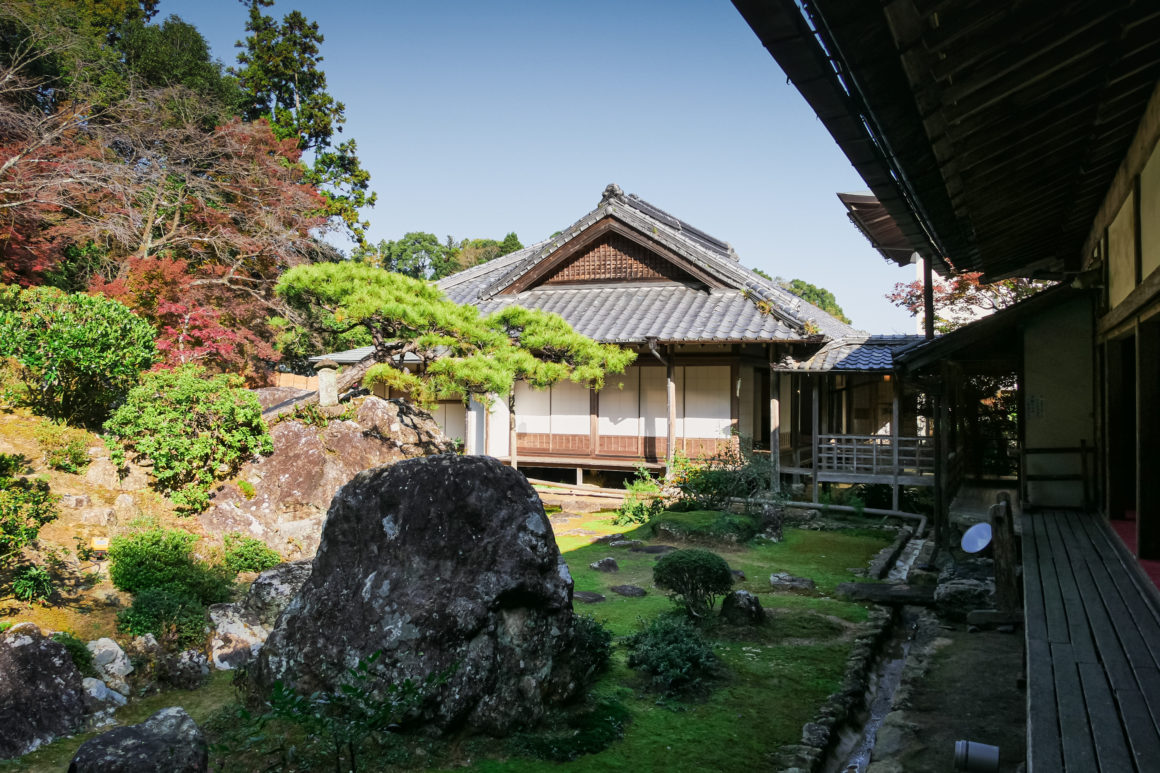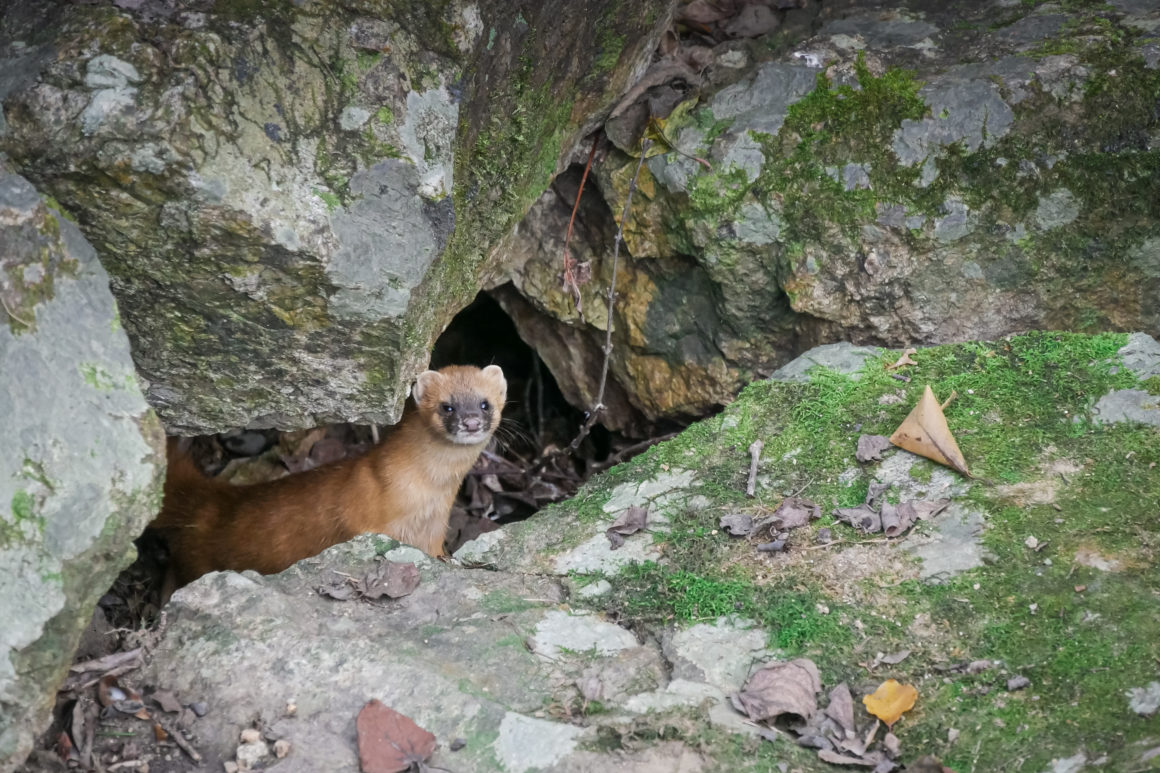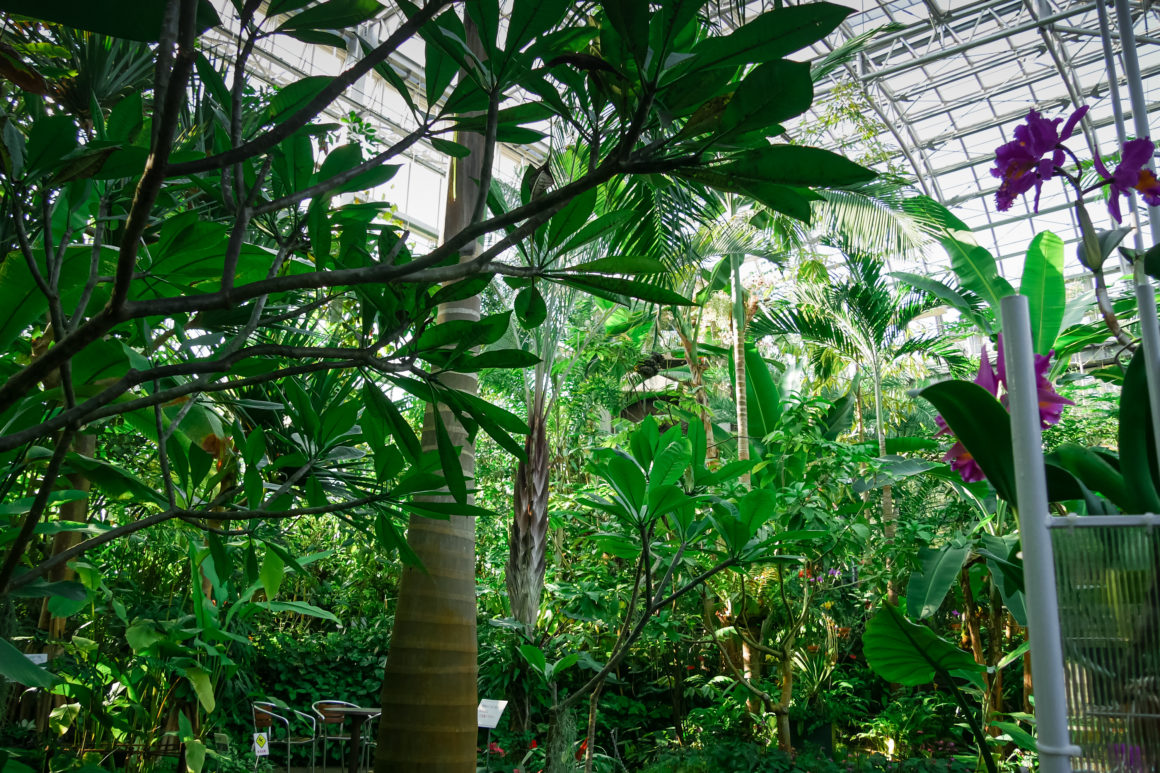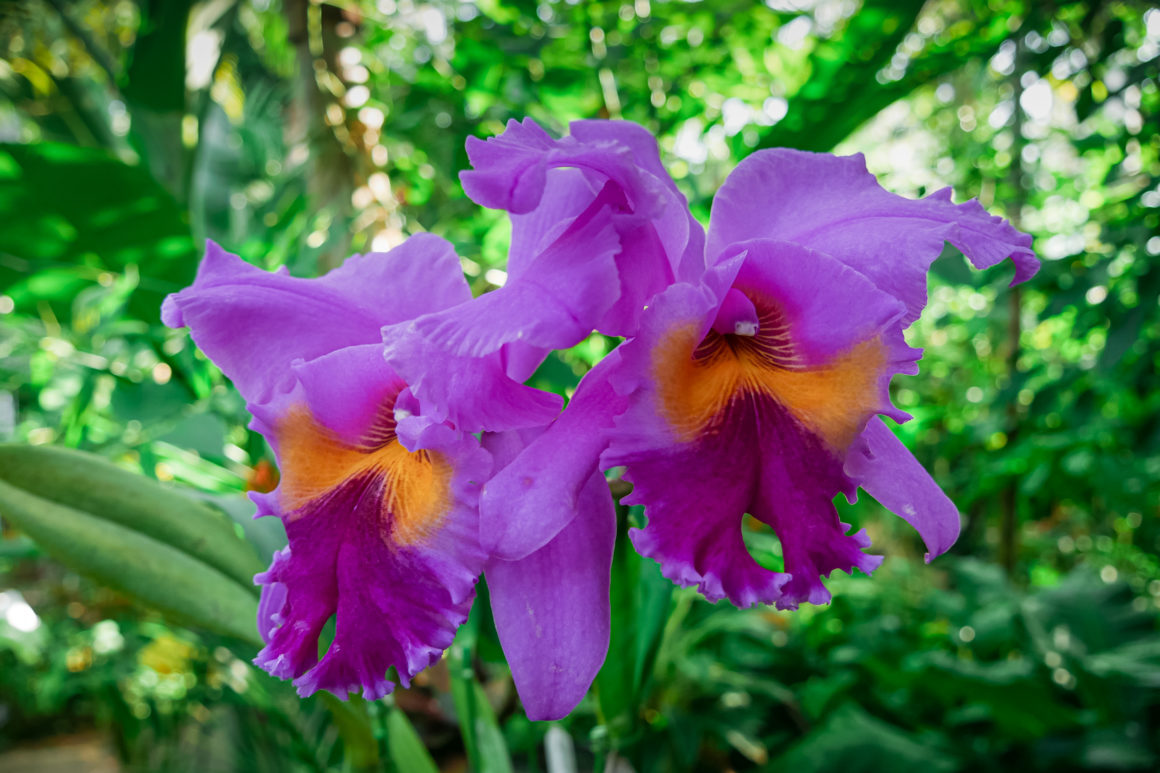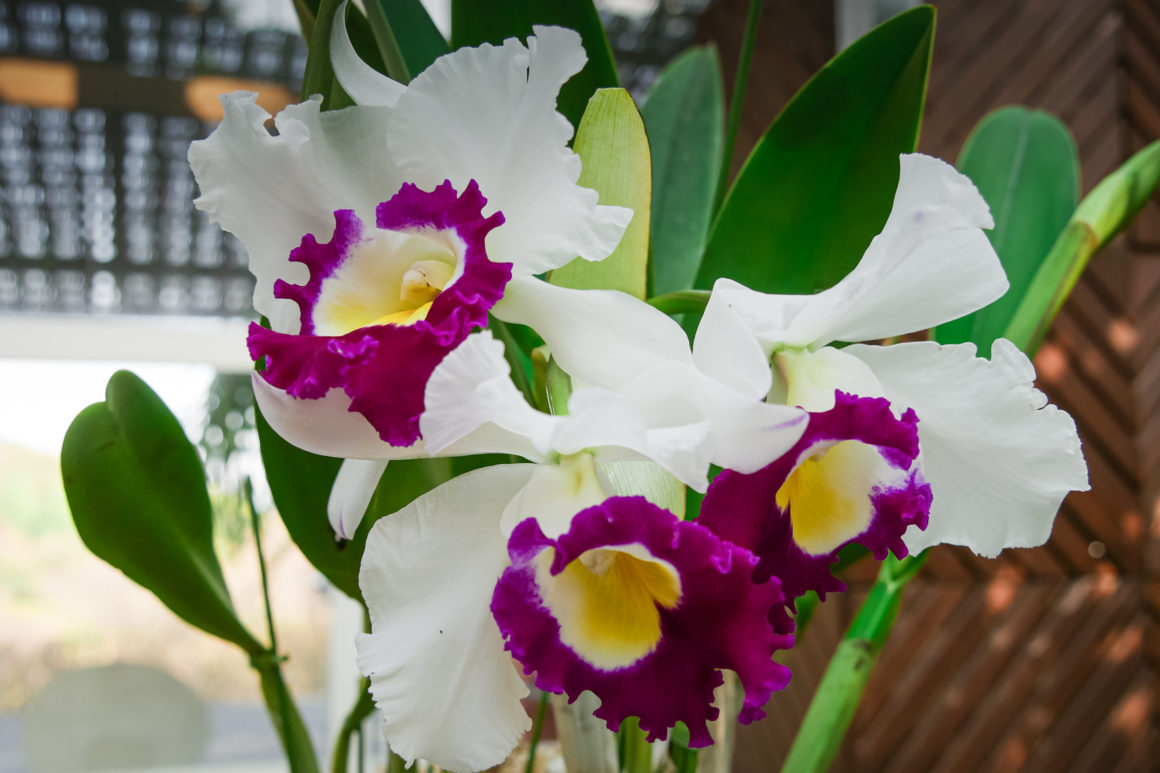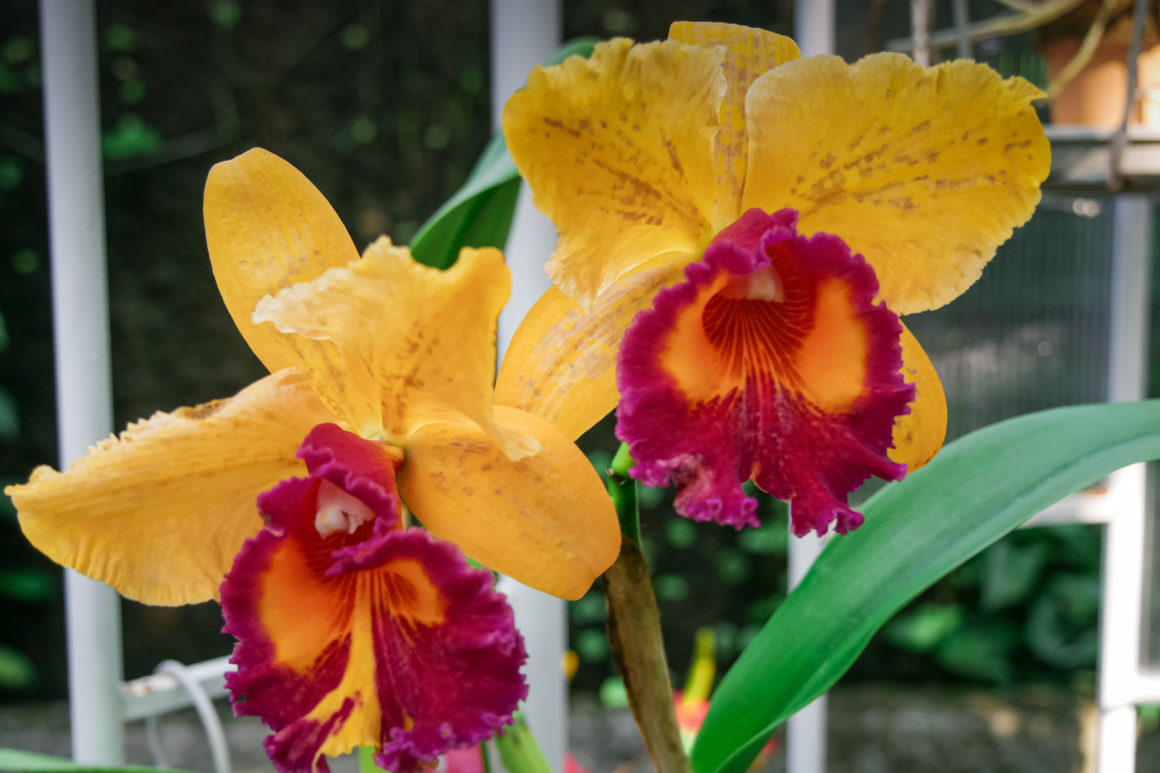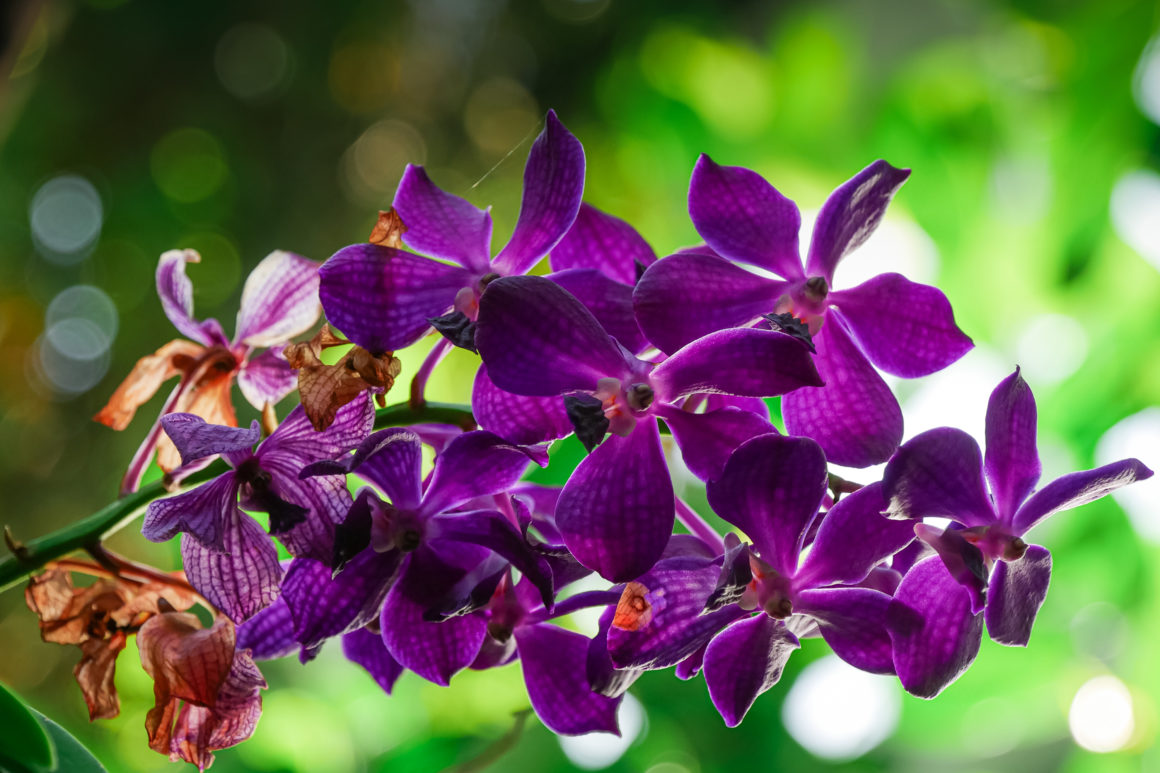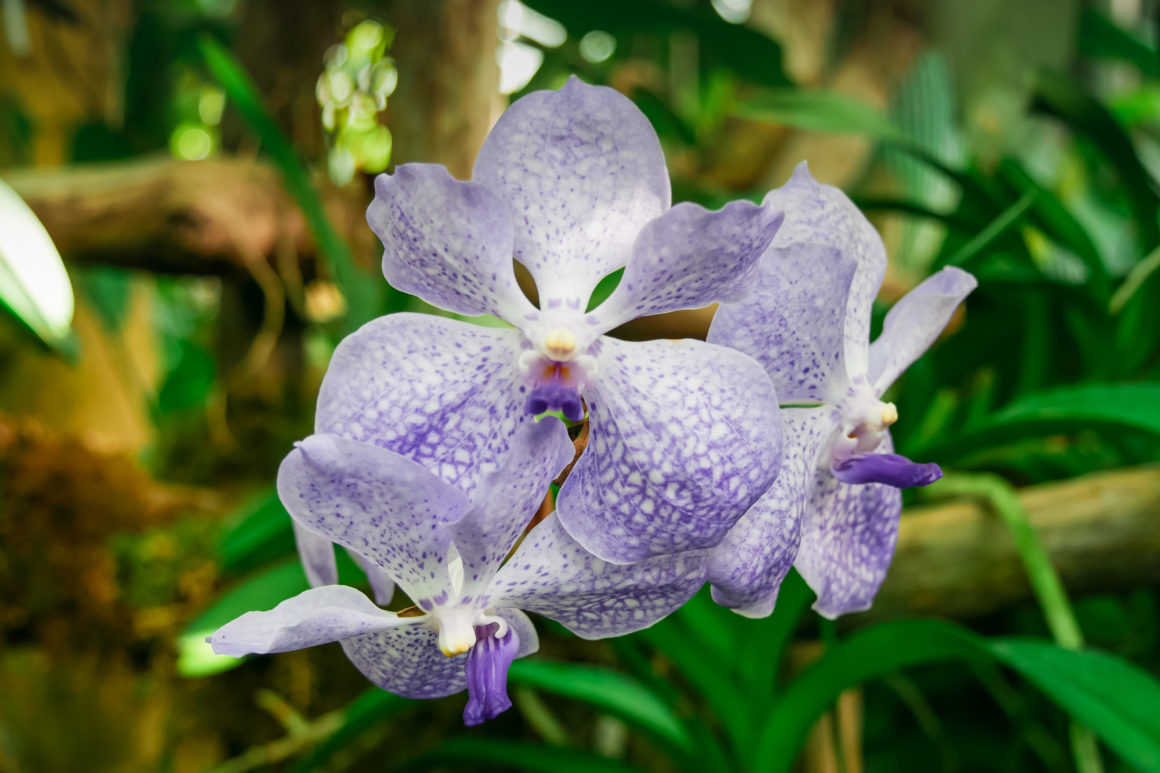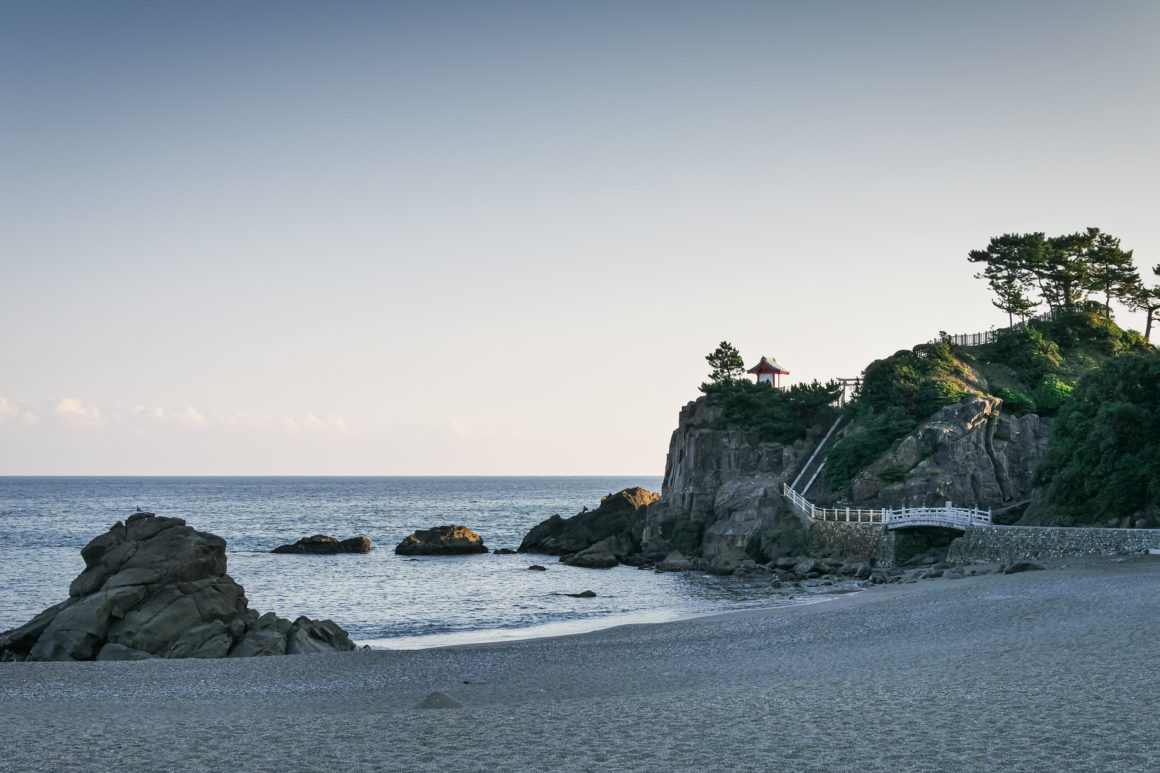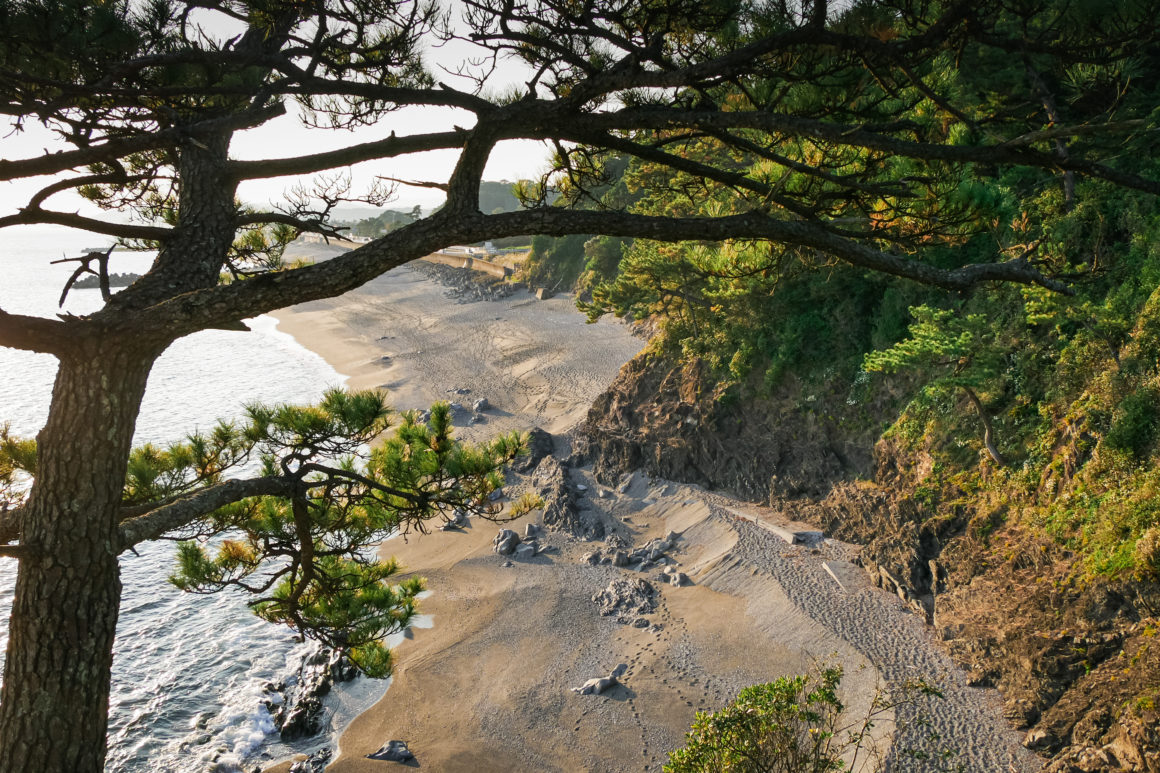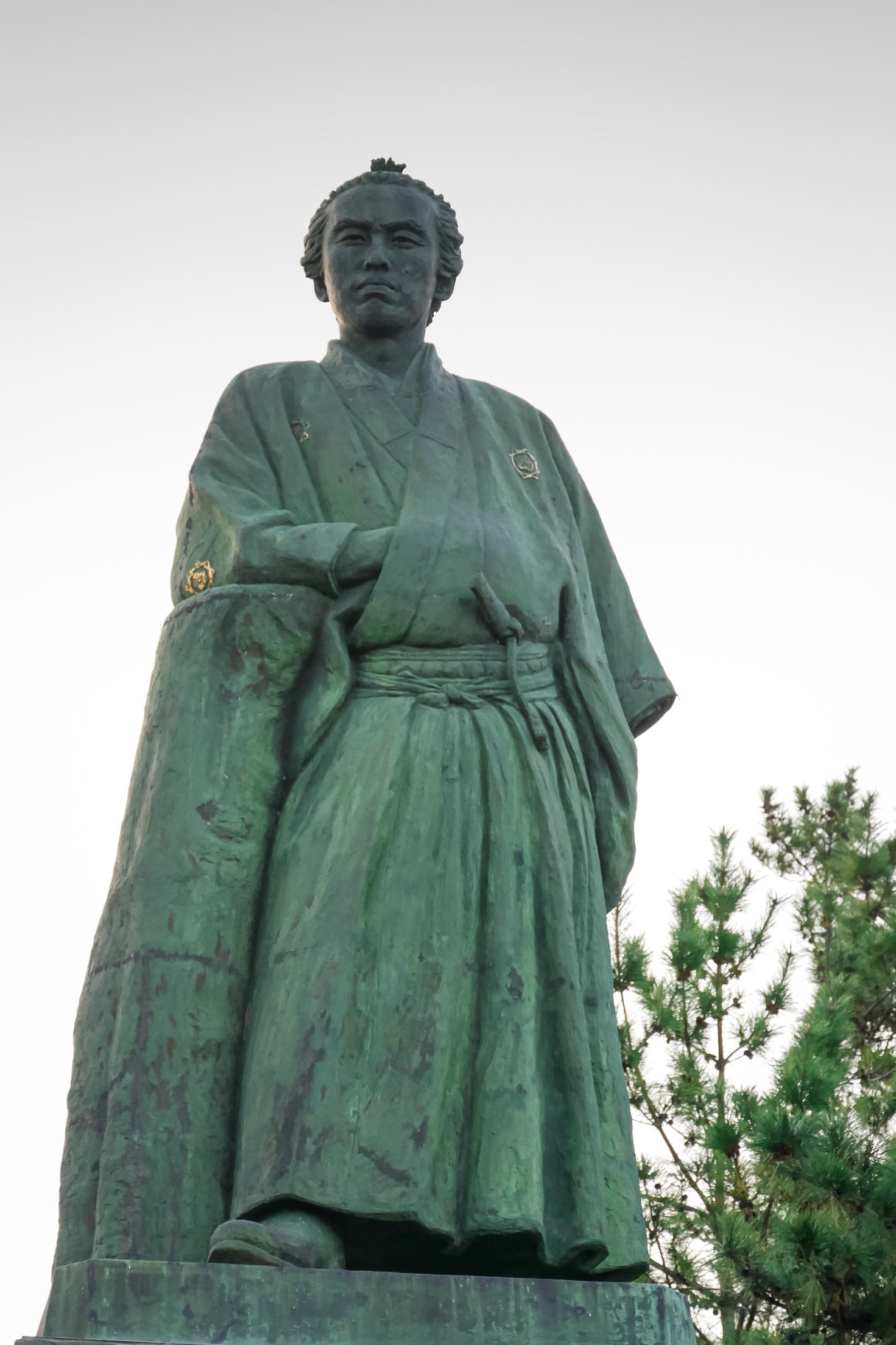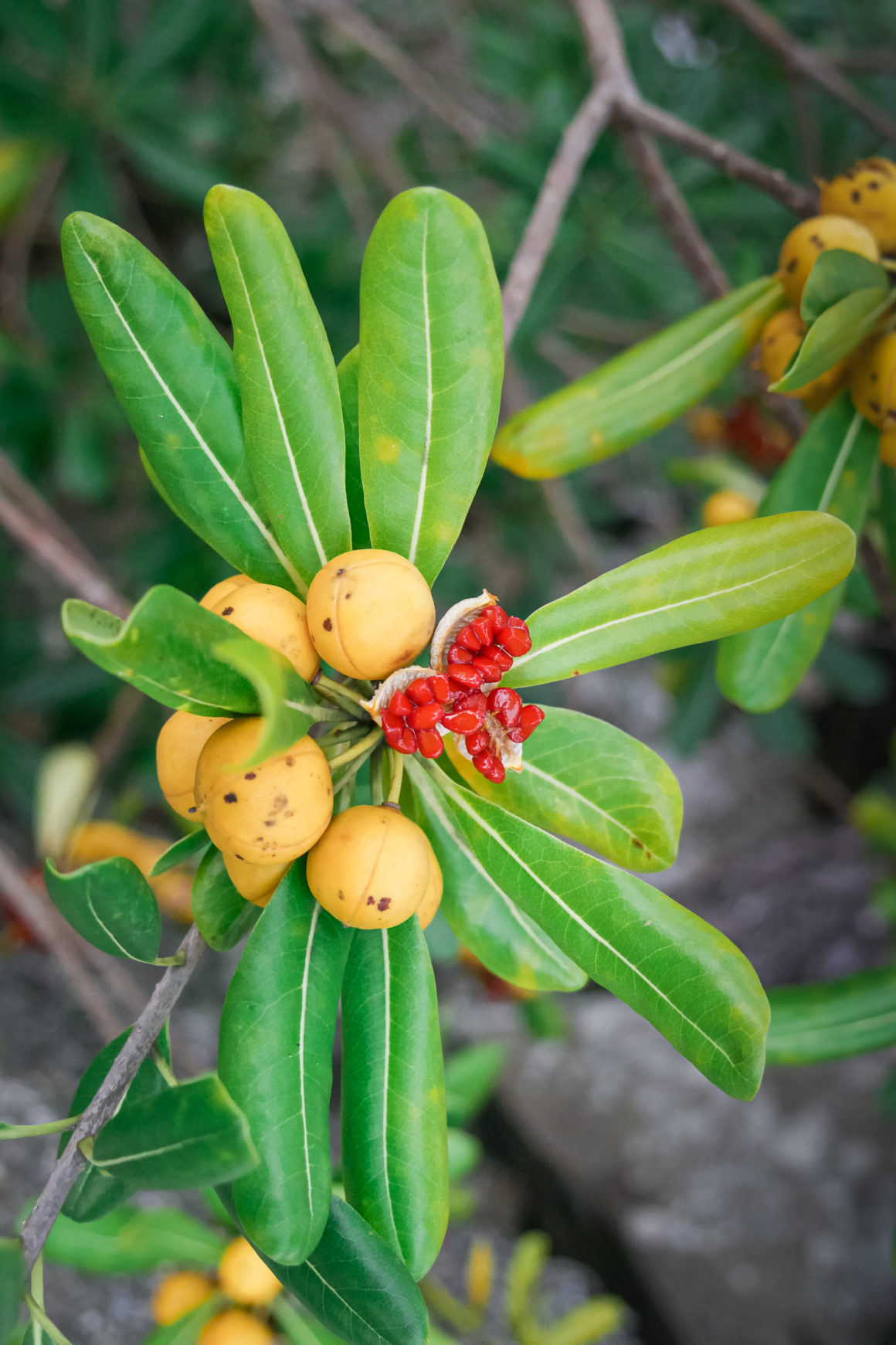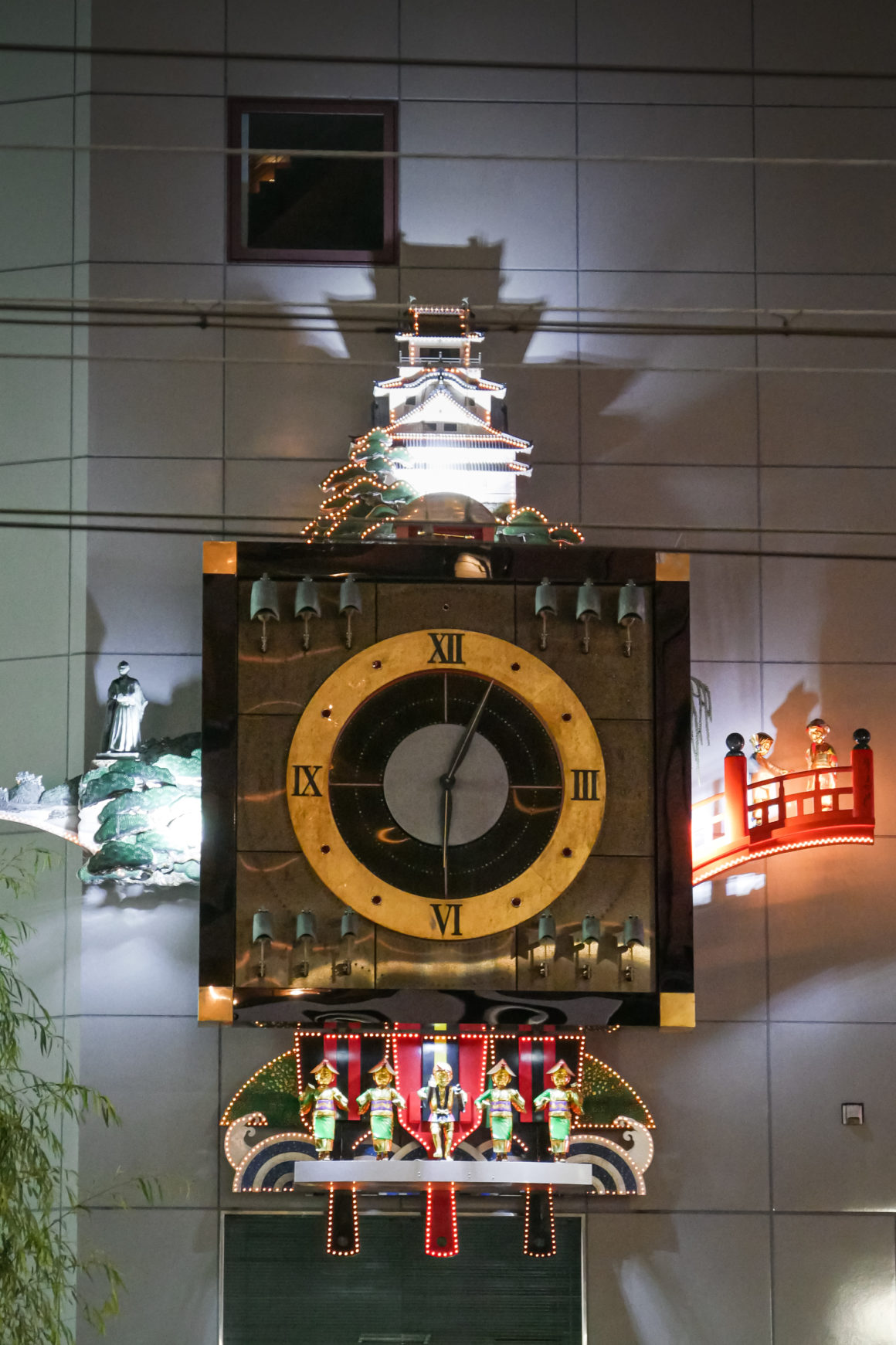DISPATCH
Monday November 30, I leave Oboke and the Iya Valley around 10am. After a good hour of train I arrive in Kôchi in the south of the island of Shikoku. The weather is wonderful. Being too early to have access to my room, I left my bag at the hotel luggage room and set off to explore the city. At first glance, Kôchi looks a lot like Tokushima (from an architectural point of view) but you can feel an atmosphere “more from the south” here. Located on the delta of the Kagami river (which means “mirror”, the water of the river being particularly pure), Kôchi has seen the birth of a certain number of samurai and daimyo who have entered history and whose we can see statues everywhere. The city is also the birthplace of Anpanman, a character created by Takashi Yanase in 1969 and whose animated television series continues to be hugely successful.
“Anpanman’s head is a bun called anpan (ア ン パ ン) filled with anko, a sweet red bean paste used as a base for traditional Japanese confectionery. The original character sacrificed himself to feed hungry people. All his companions likewise have an edible head associated with their name. ” – Source: Wikipedia
Apparently the city must also have the rooster as its emblem, since I see small statues and drawings of roosters and chickens everywhere. There is even a sanctuary which seems to me to be dedicated to them with lots of roosters roaming free. I head for Kôchi Castle: the Kochi-jo. It is one of the rare castles still having its original tenshu-kaku (dungeon) and measuring 18.5 meters high. It was built in the early 17th century by Yamanouchi Katsutoyo during the Tokugawa reign. It was never attacked. The castle is absolutely magnificent. Many buildings surround a main building which overlooks Kôchi on a small hill. The visit of the interior delights me because unlike the Hiwasa castle, the interior is still intact: traditional tatami rooms, wooden floors, sliding doors … Objects of the time are stored in small rooms: kimonos worn by the samurai of the time (notably that of Yamanouchi Katsutoyo), superb wood carvings, pottery and an old norimono (Japanese palanquin). The ascent of the dungeon (using damn steep stairs) allows to observe different models and scenes of life at the time. On the top floor I have a view of the sun-drenched city. I stay upstairs for a long time enjoying the sun and the peaceful atmosphere.
In the courtyard of the castle
For this second day in Kôchi, the sun is still here. Having decided to go see the surroundings, I go to Kôchi station to buy a bus ticket valid all day. Two young men are dressed in samurai costumes and invite people to return to visit movie sets located next to where many dramas (television series) are produced. Looking at the drama posters, I realize that the two young men are in fact the actors of the series! One of the two, very friendly, asks me what I was going to see and brought me a little guide in English with explanations.
First stage of the route: Godaisan Park a few kilometers east of the center of Kôchi, located at the top of a hill and which gives a nice view of Kôchi below. I continue on foot to reach the Chikurin-ji temple located a few minutes walk. The place is calm, it is perfectly relaxing. The birds make their chirps heard from all sides and the trees display their pretty fall colors. The surroundings of the temple are filled with tombs. I wander for a moment between them, letting myself be overcome by a feeling of absolute peace.
The Chikurin-ji temple is the 31st temple of the pilgrimage of the 88 temples of Shikoku. It was built in 1644. The temple is composed of a five-story pagoda, a Monjudo (main hall) dedicated to the Bodhisattva Monju Bosatsu, the Daishi-do Hall dedicated to Kobo Daishi (at the origin of the pilgrimage), an old guesthouse, landscaped gardens (in Japanese style) and a Treasury Pavilion in which there are some twenty Buddhist sculptures dating from the Heian and Kamakura periods. The pagoda is very beautiful but it is the Monjudo that particularly catches my attention. The structure is particularly beautiful and strips of colored fabrics are hung from the ceiling. Visiting the guesthouse is interesting as well as a family is planning a traditional Japanese wedding there. I see the bride go by wearing an all-white kimono with a large headdress on her head.
Then I go to the Makino Botanical Garden. This houses a tropical greenhouse which contains an impressive number of Orchids, each one more beautiful than the other. During my walk in the rest of the botanical park, I come across a small weasel which allowed me to take its picture before setting off to find refuge in its den. It has been a long time since I have seen one! The park is also extremely calm and despite the lack of flowers it remains magnificent. I do not know if it is the sun that does that, but I find Kôchi and its surroundings particularly beautiful and pleasant!
Godaisan park
Meal in the park then direction Katsurahama beach thirteen kilometers south of the center of Kôchi. Thirty minutes by bus later and here I am arriving in front of the Sakamoto Ryôma memorial museum located on the hill overlooking the beach. Local hero Sakamoto Ryôma is a political samurai who played a key role in the Meiji Restoration since he managed to reconcile the Satsuma and Chôshû clans which led to the fall of the Tokugawa shogunate.
I descend quietly among the pines to reach the beach. A small, slightly sad aquarium plays music known to attract visitors. I go see the little Ryou shrine located on a rock that sinks into the sea. It is the end of the afternoon, the light is very beautiful. I walk along the beach, to sit on a small dike made of rocks for several minutes in order to appreciate the marine atmosphere and the tranquility of the coming evening. The return by bus to Kôchi takes an hour during which I surrender to the arms of Morpheus. I then walk around downtown Kôchi where I come across a clock that comes alive every hour. Perfect timing, it is 6pm sharp. Carillon, music and appearance of touristy places and famous people. The little show is very nice.
I then go back to the hotel. This visit from Kochi was very pleasing. I wish I could have stayed a few more days. But tomorrow a long day’s journey awaits me: I take the bus in the morning to reach Matsuyama located in the northwest of Shikoku from where I take a ferry in the afternoon to reach Hiroshima.

